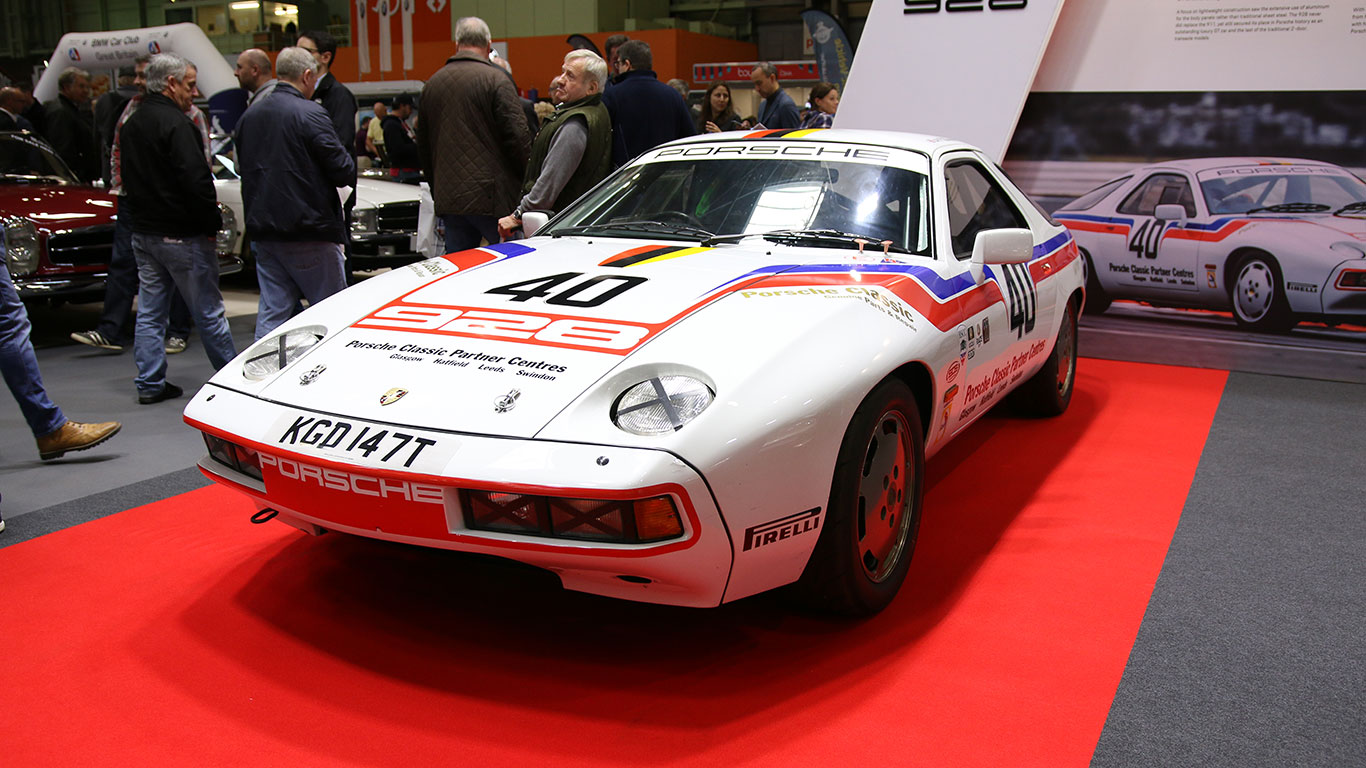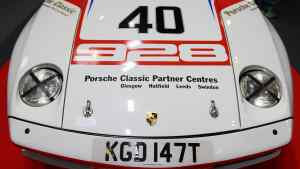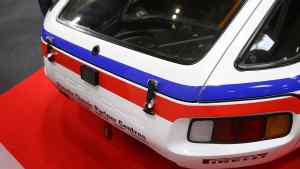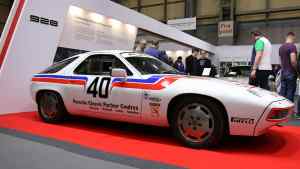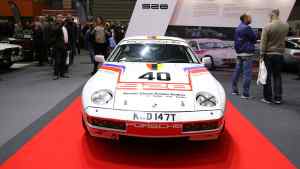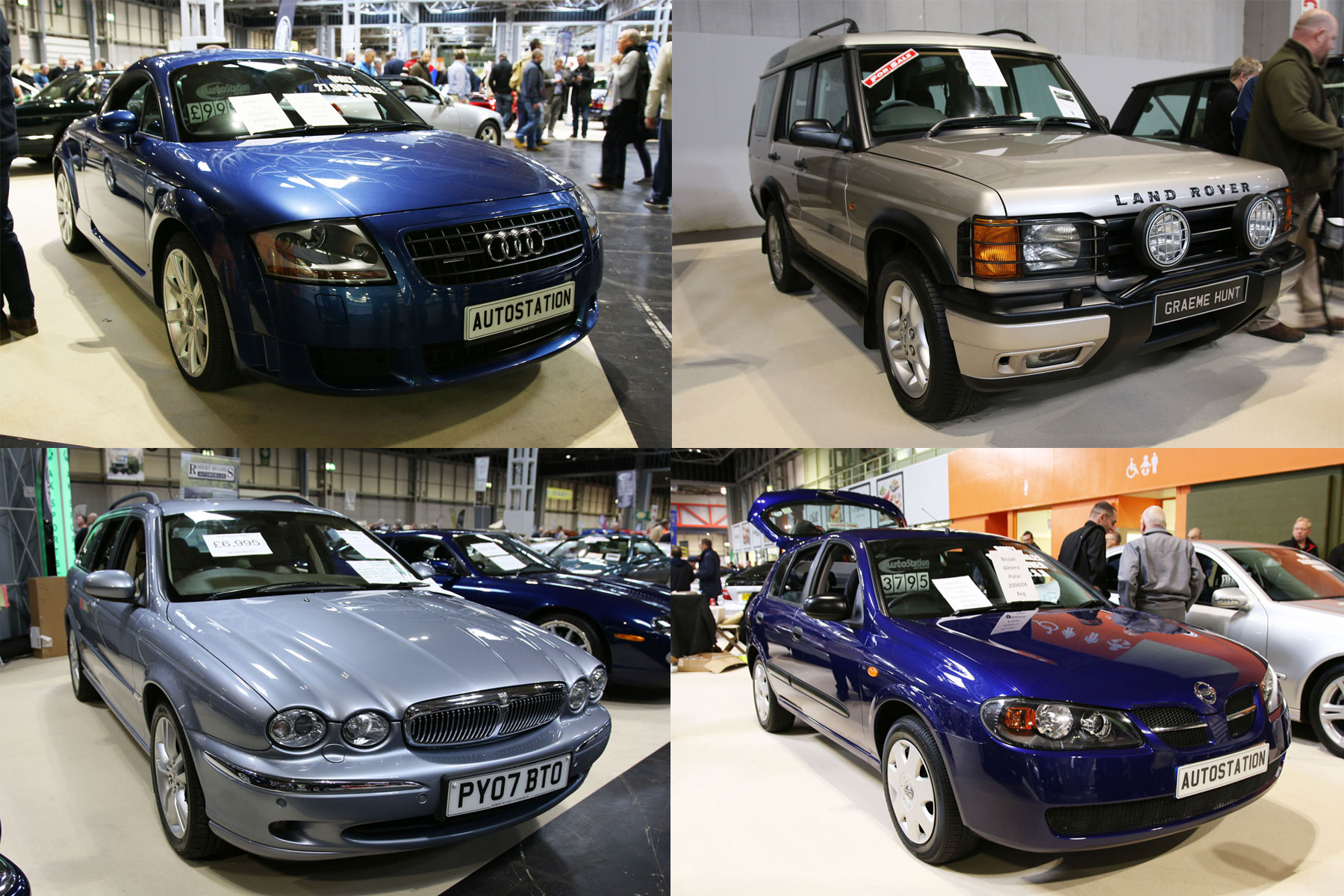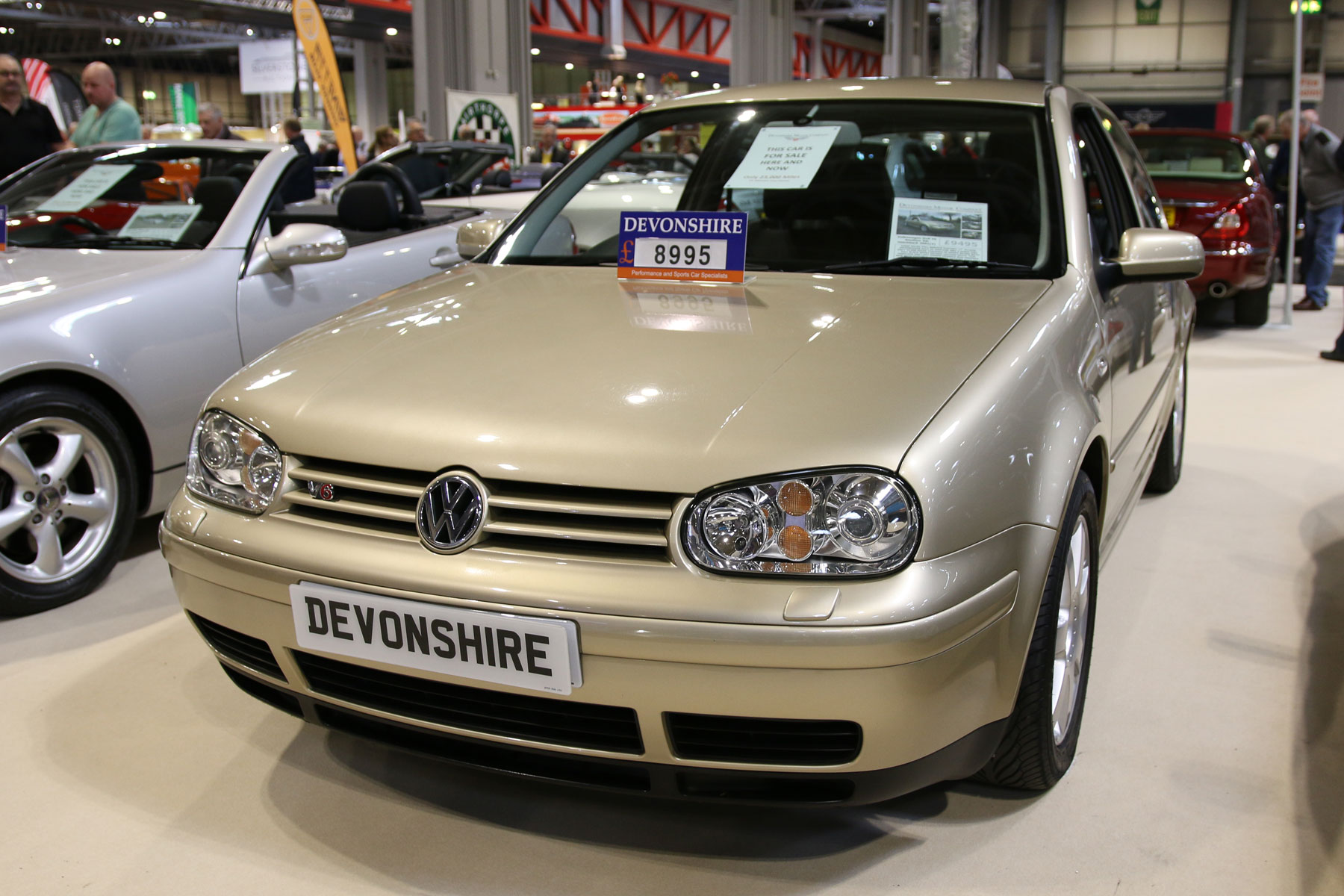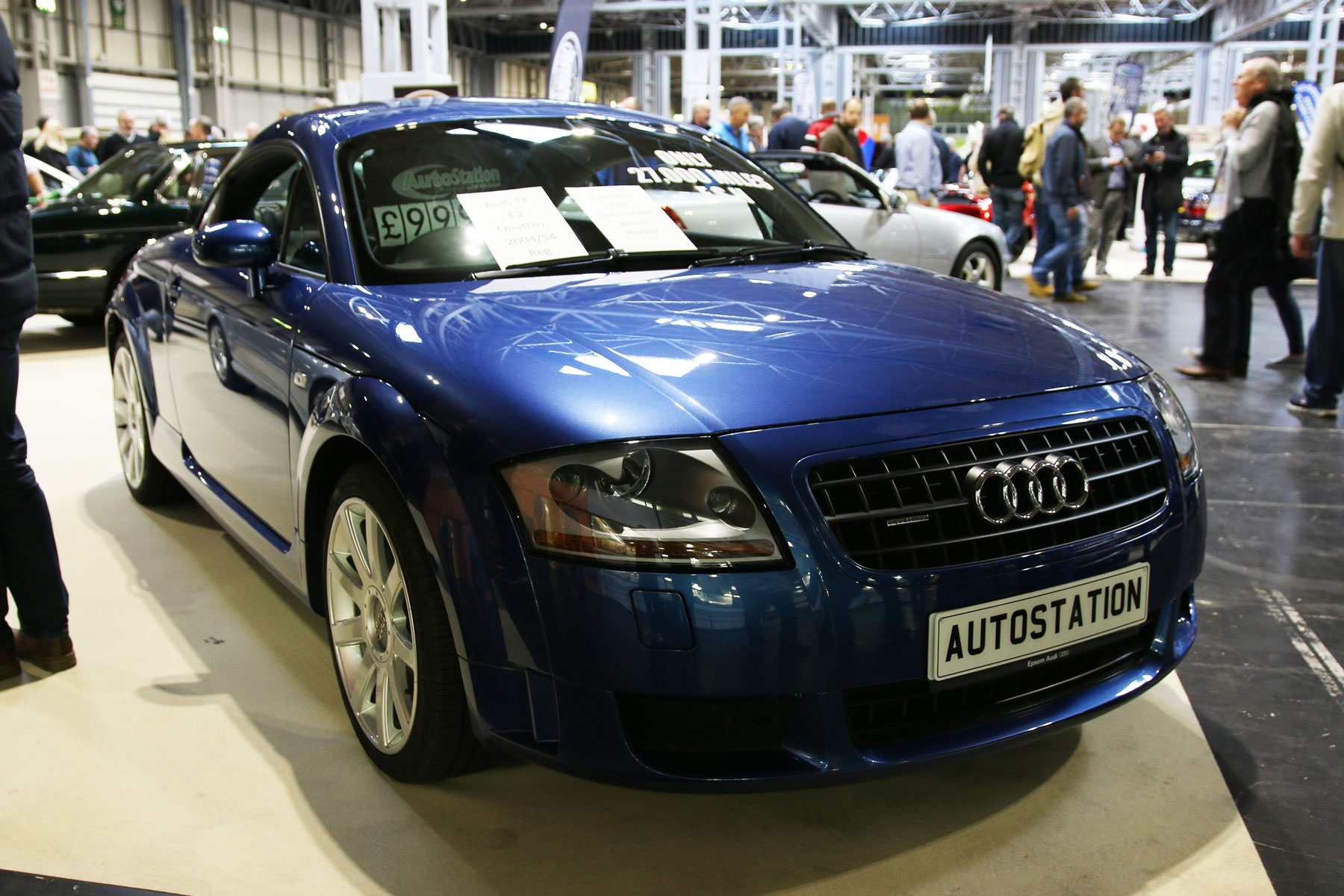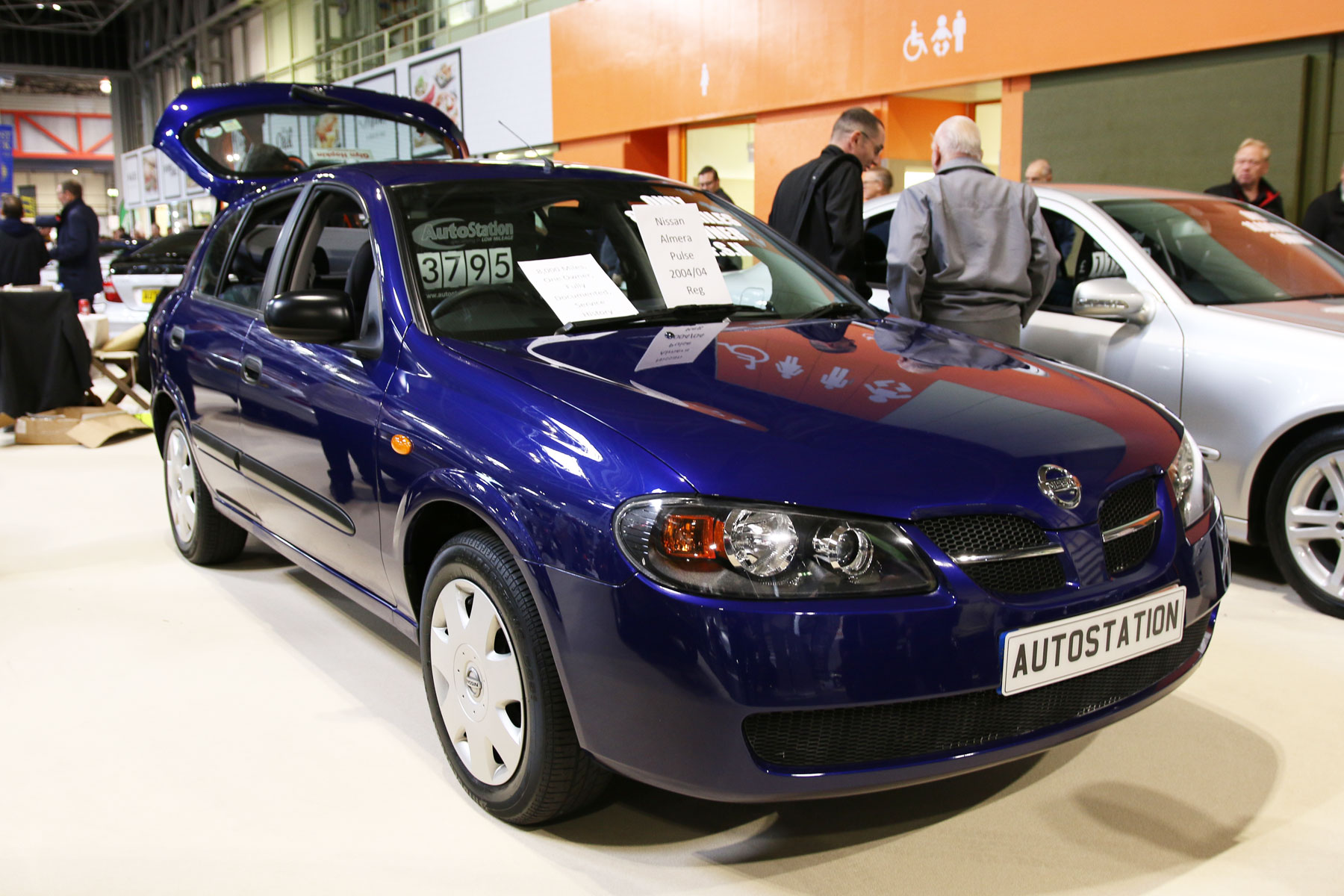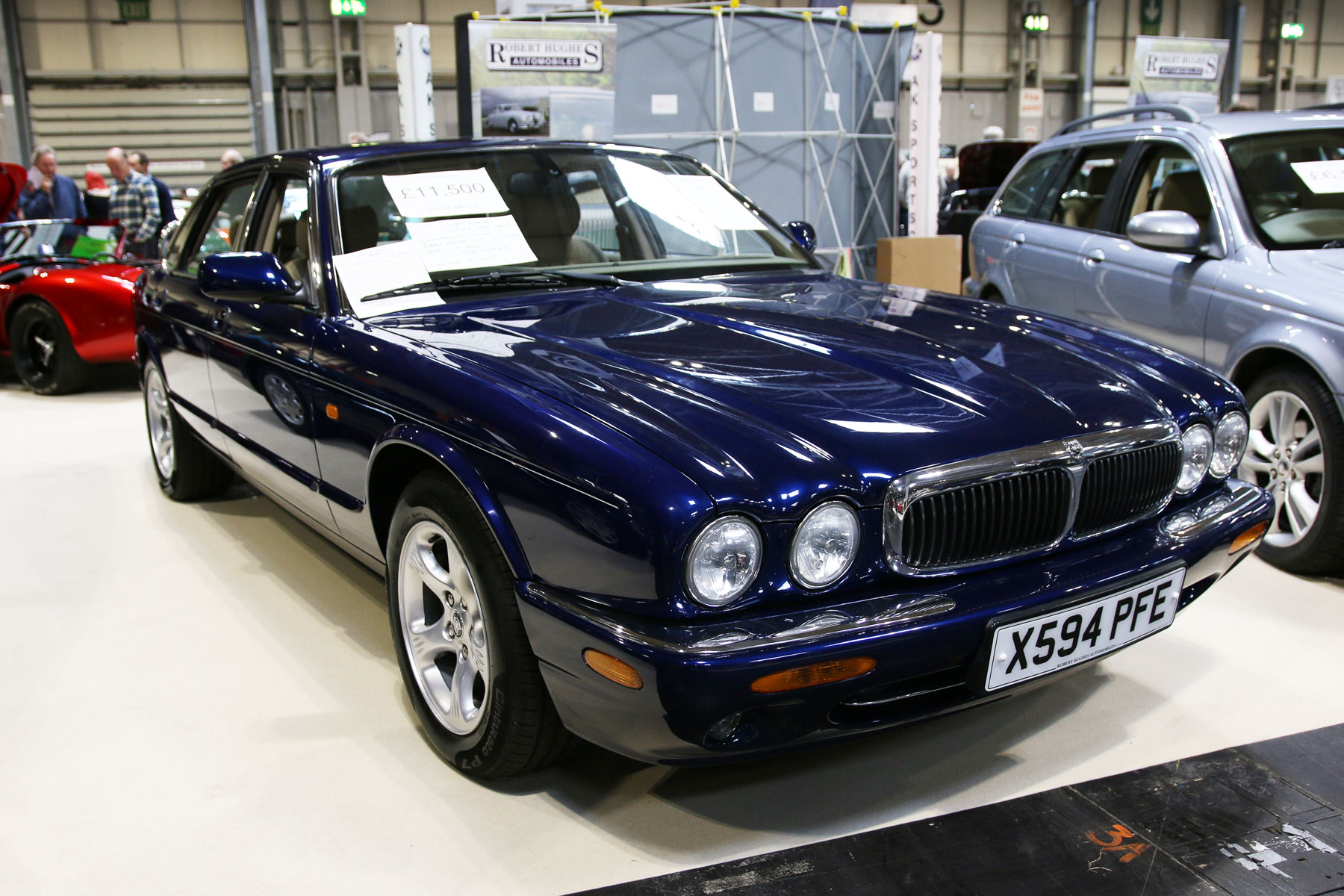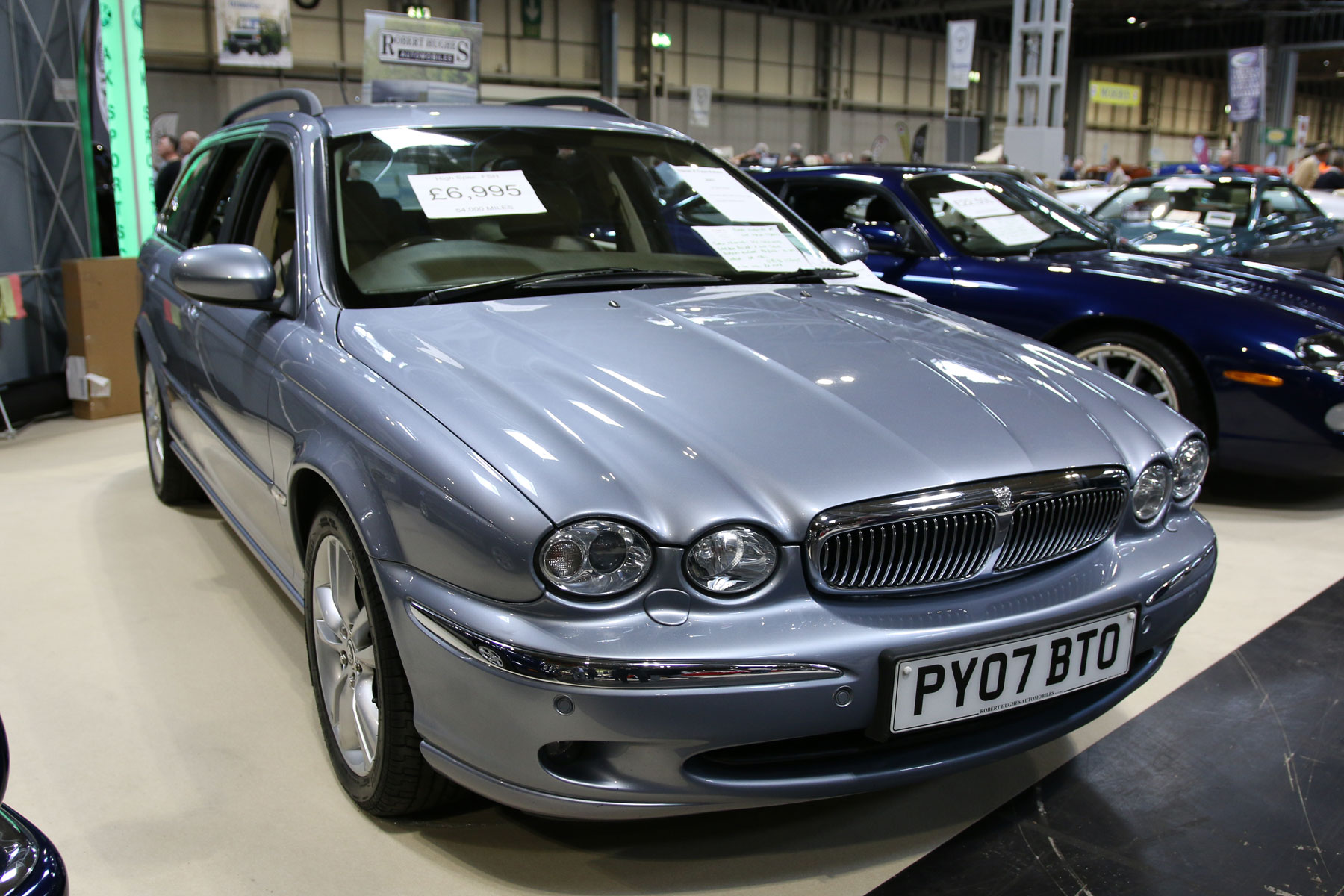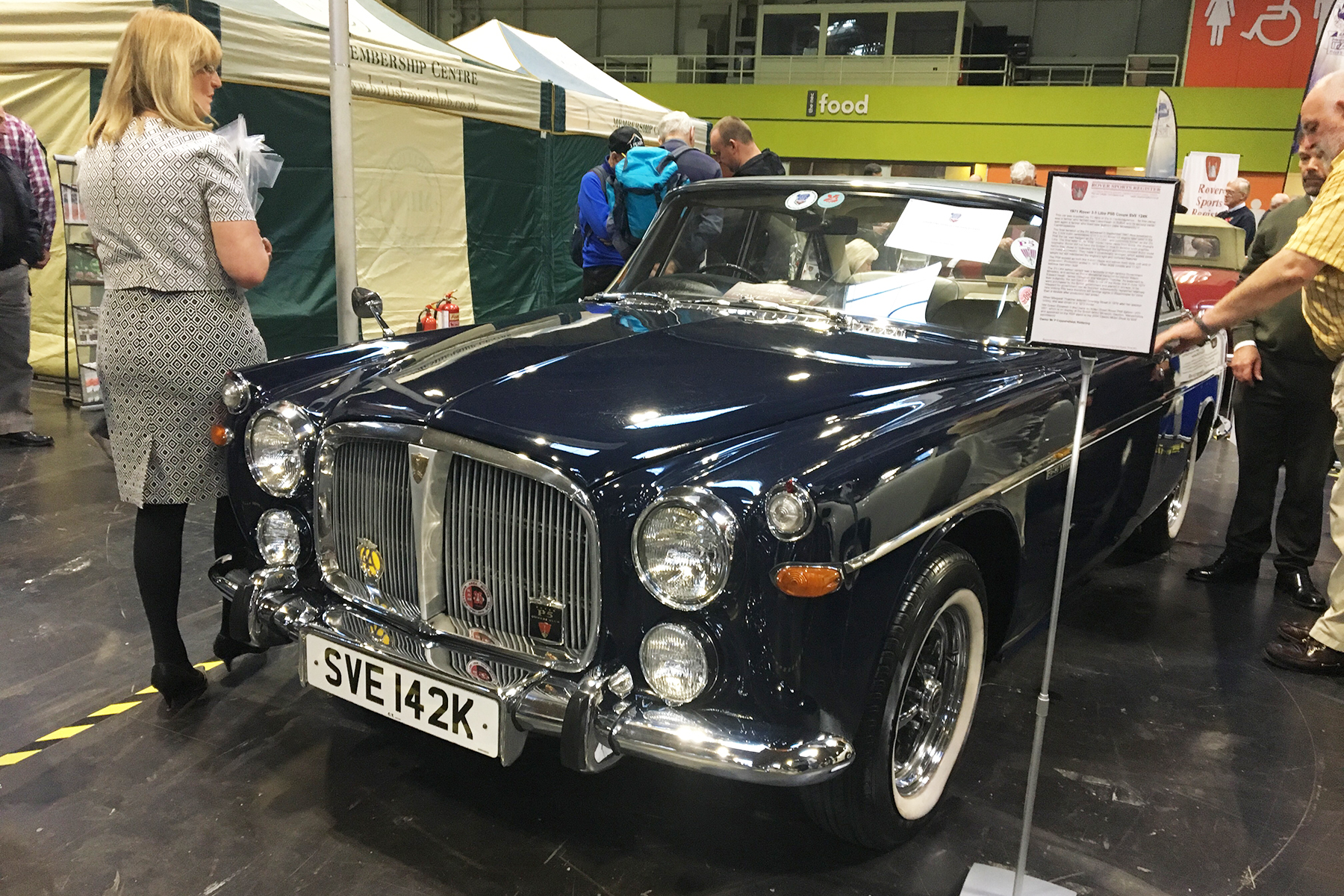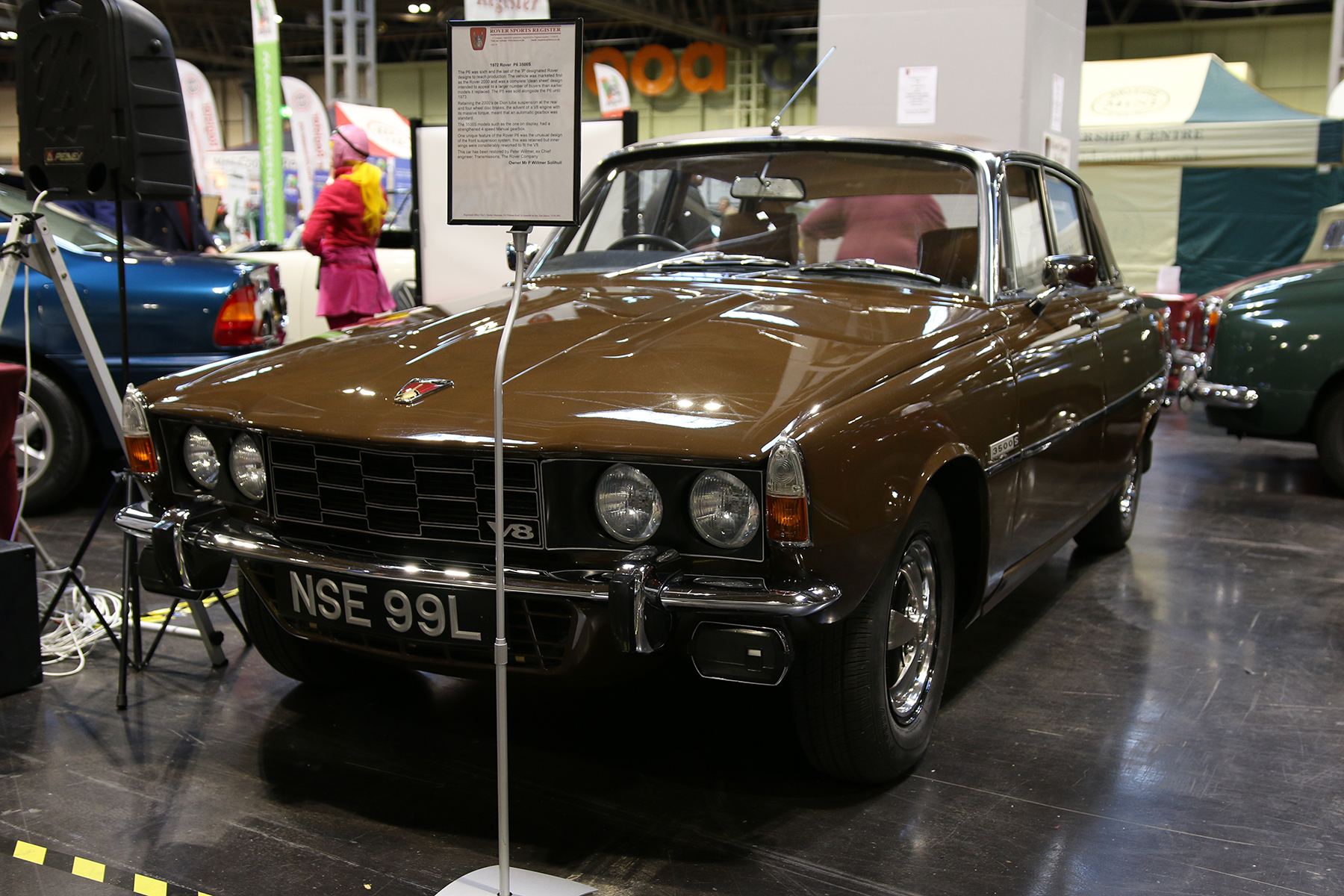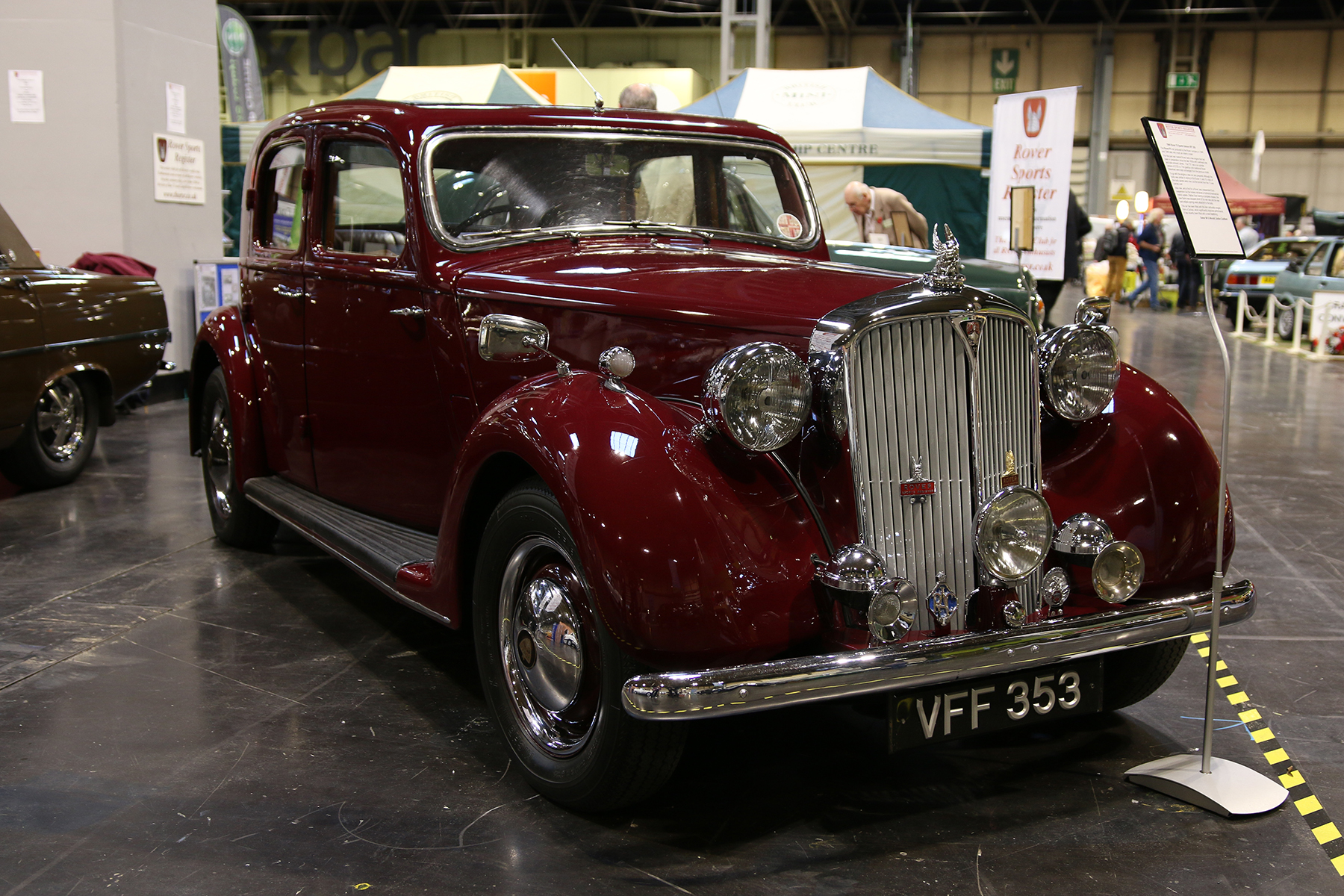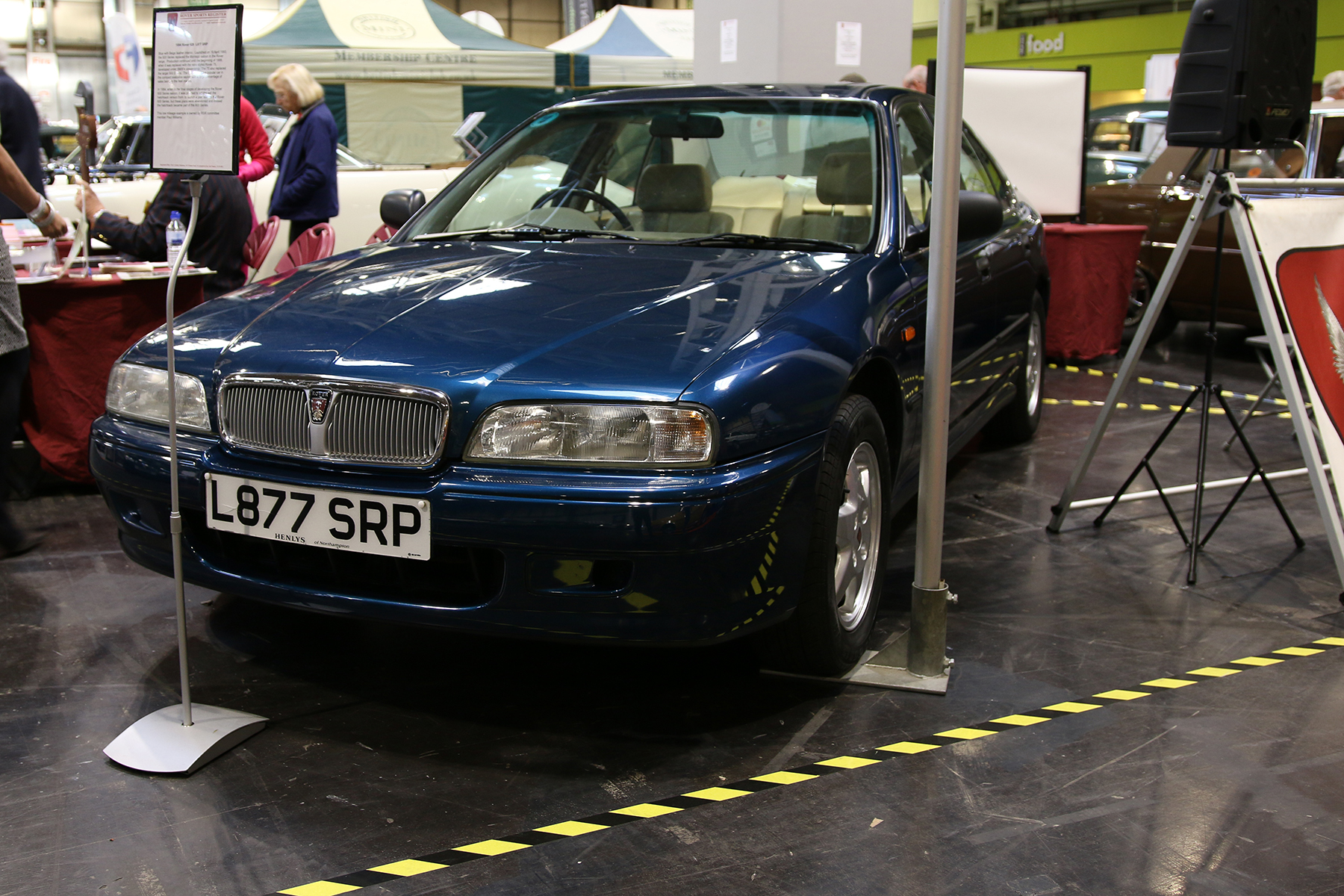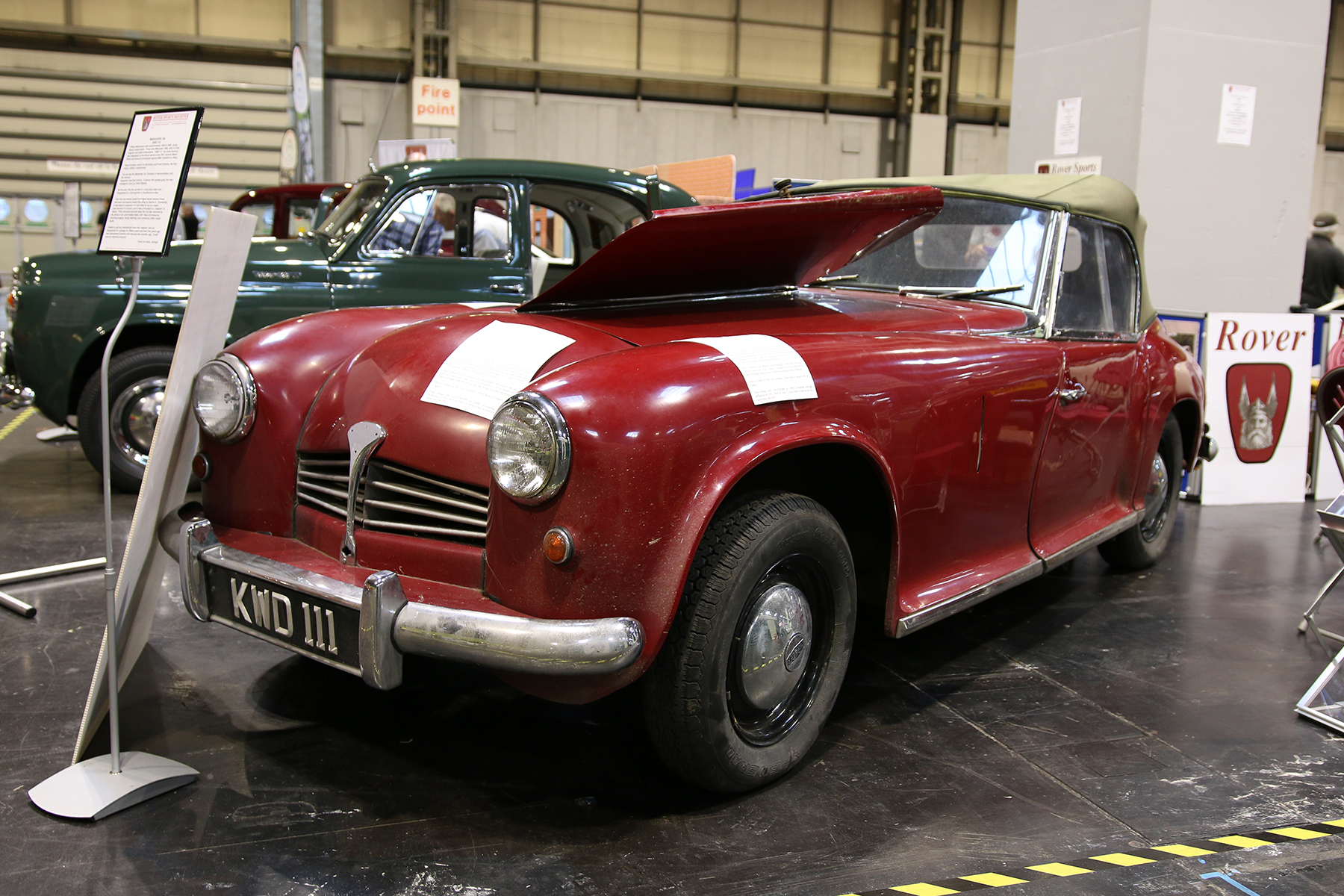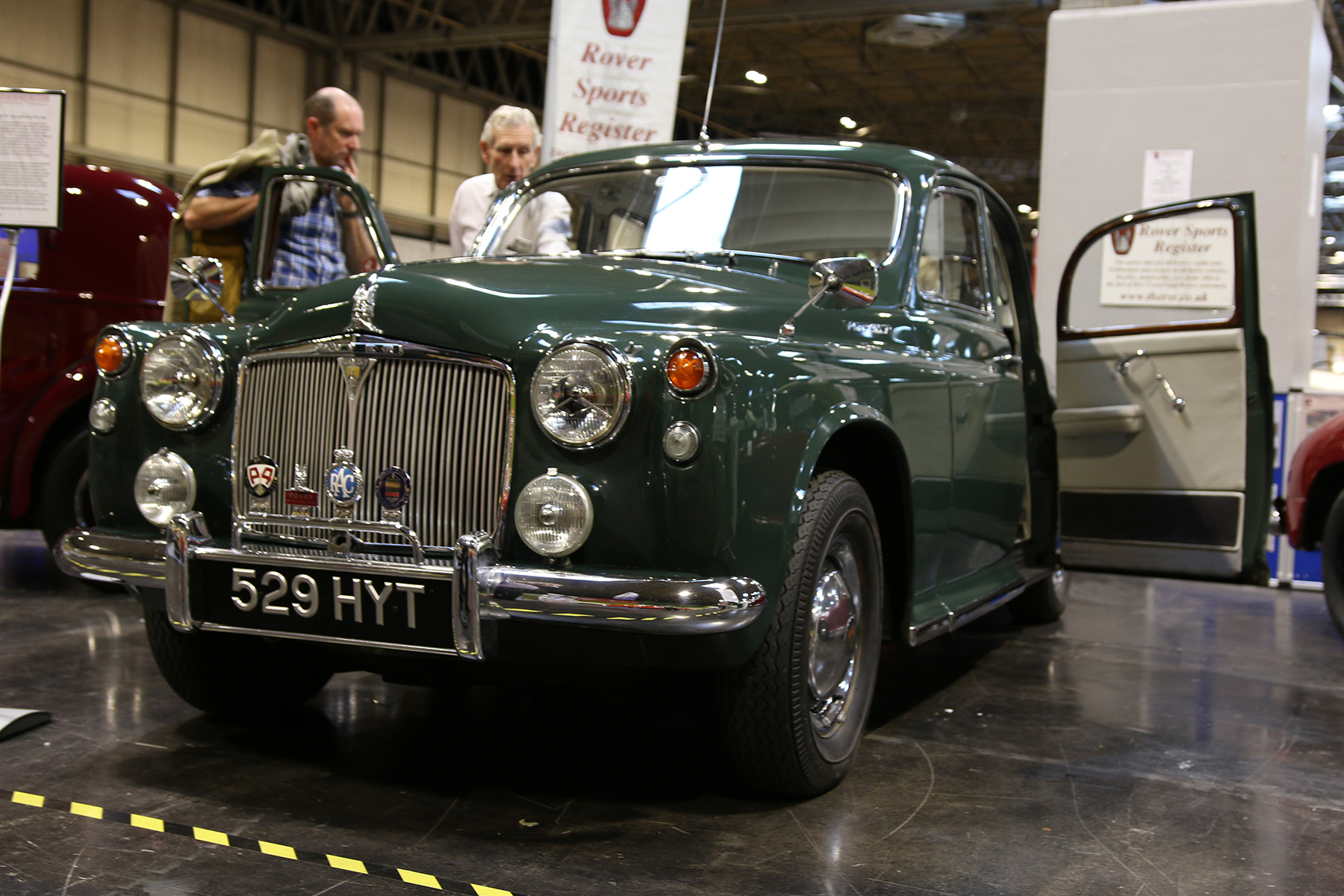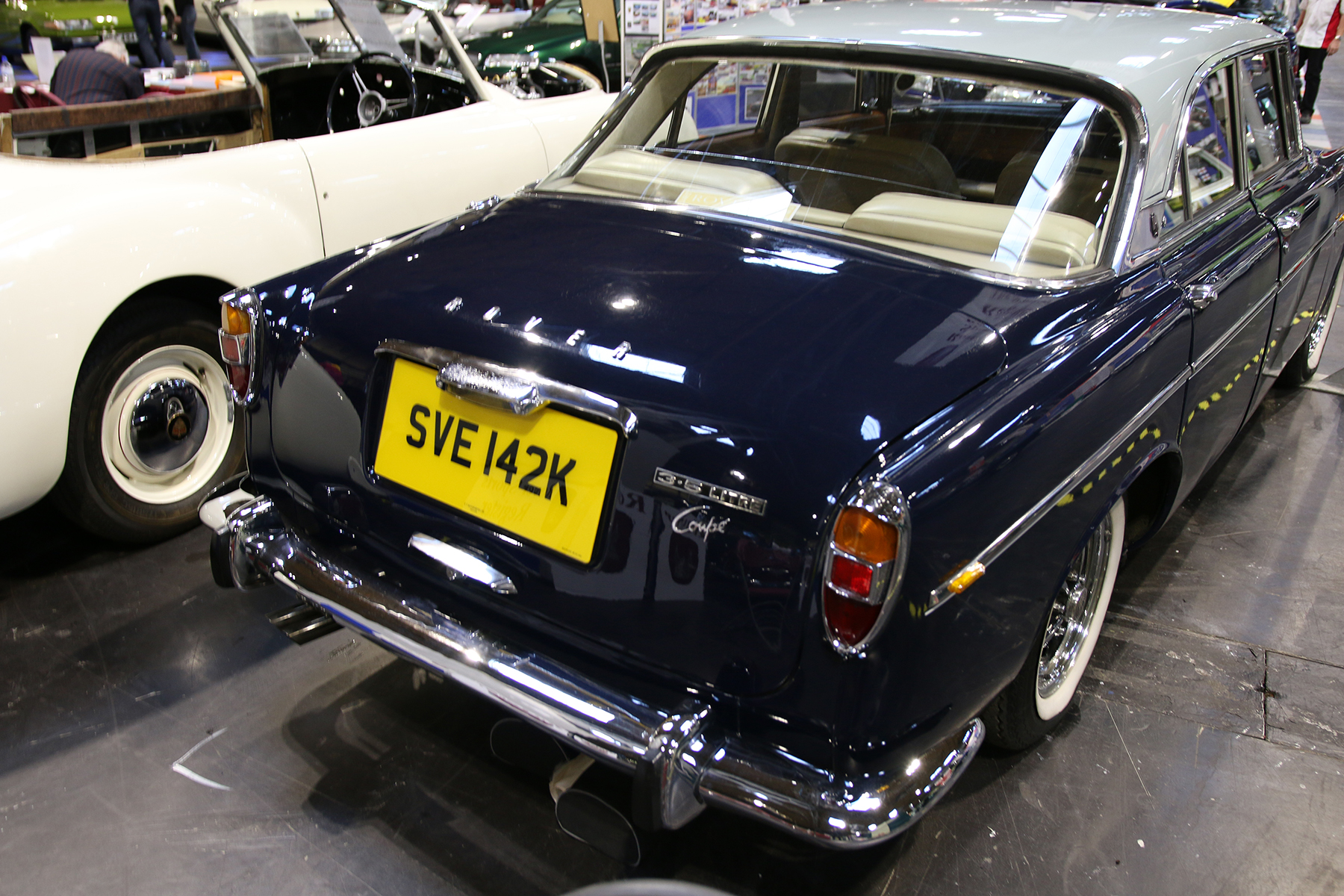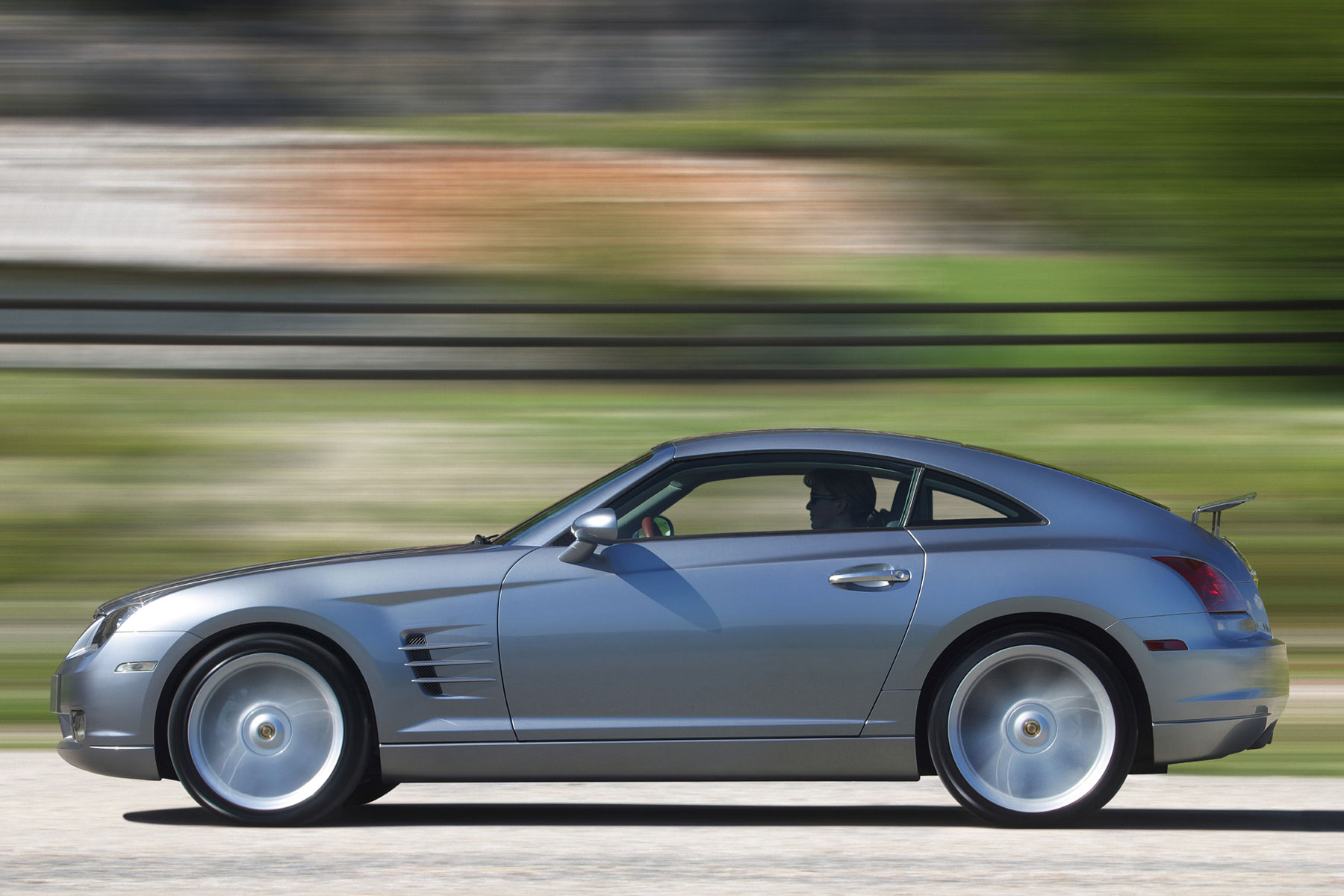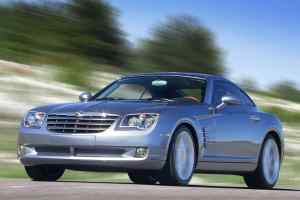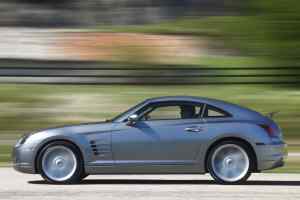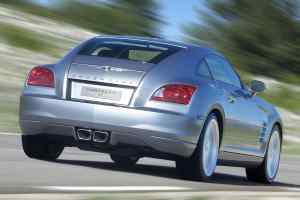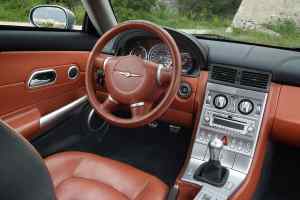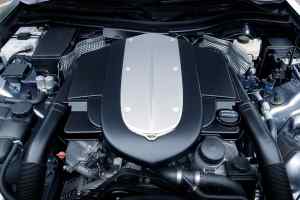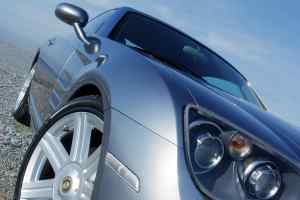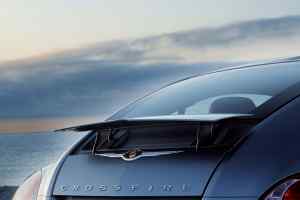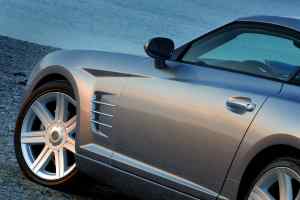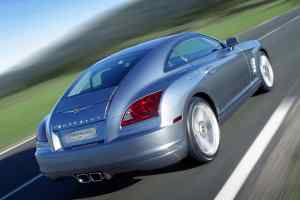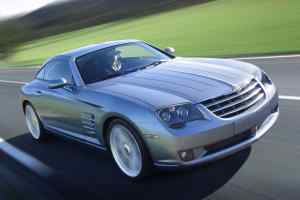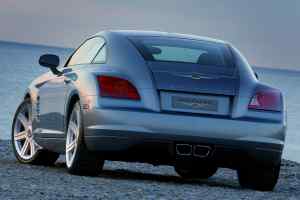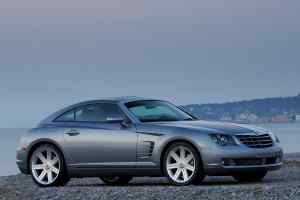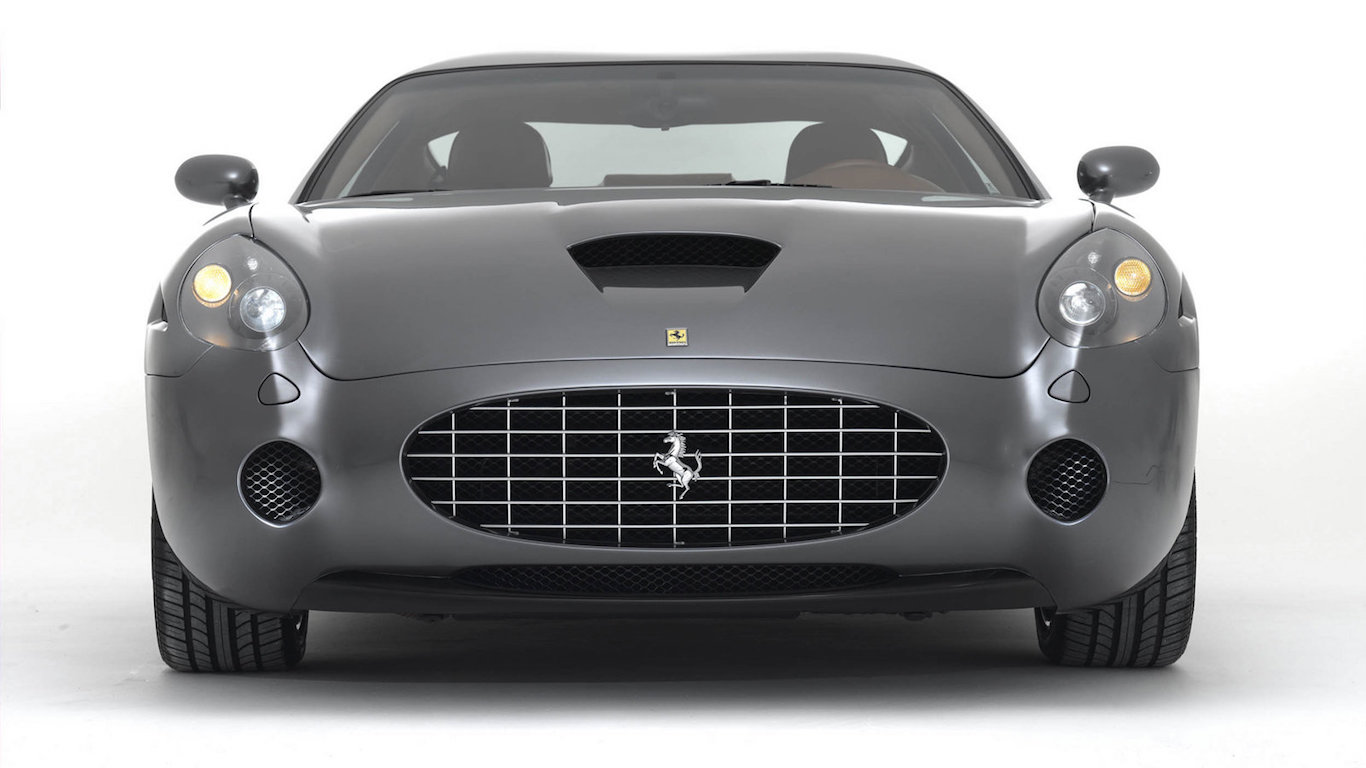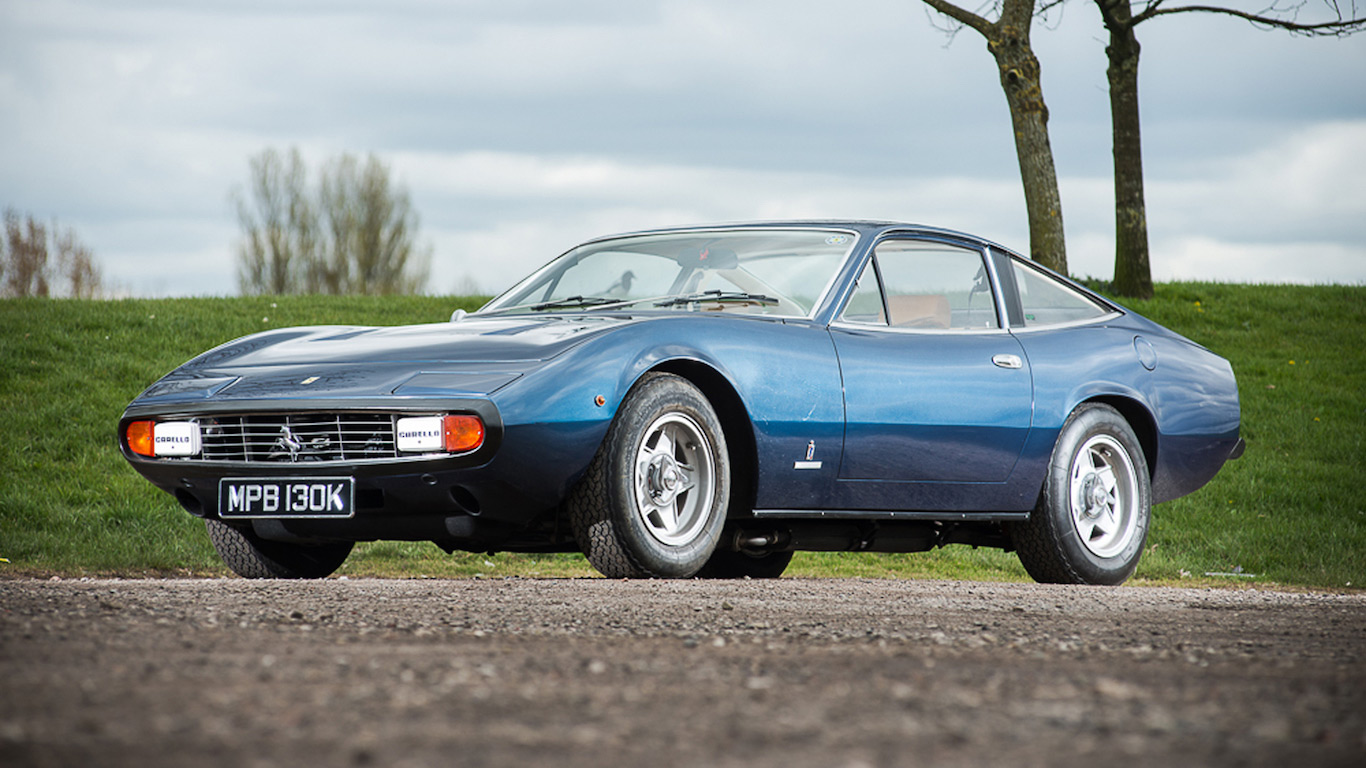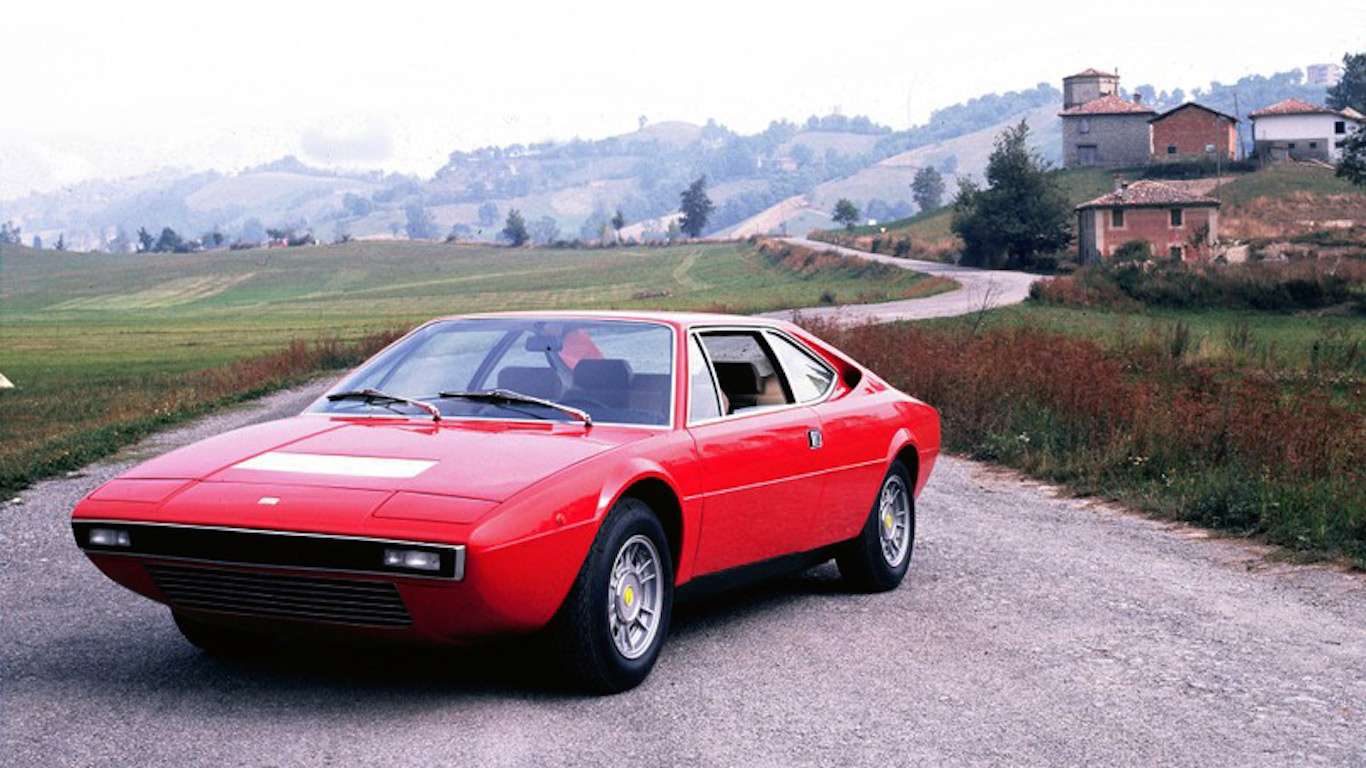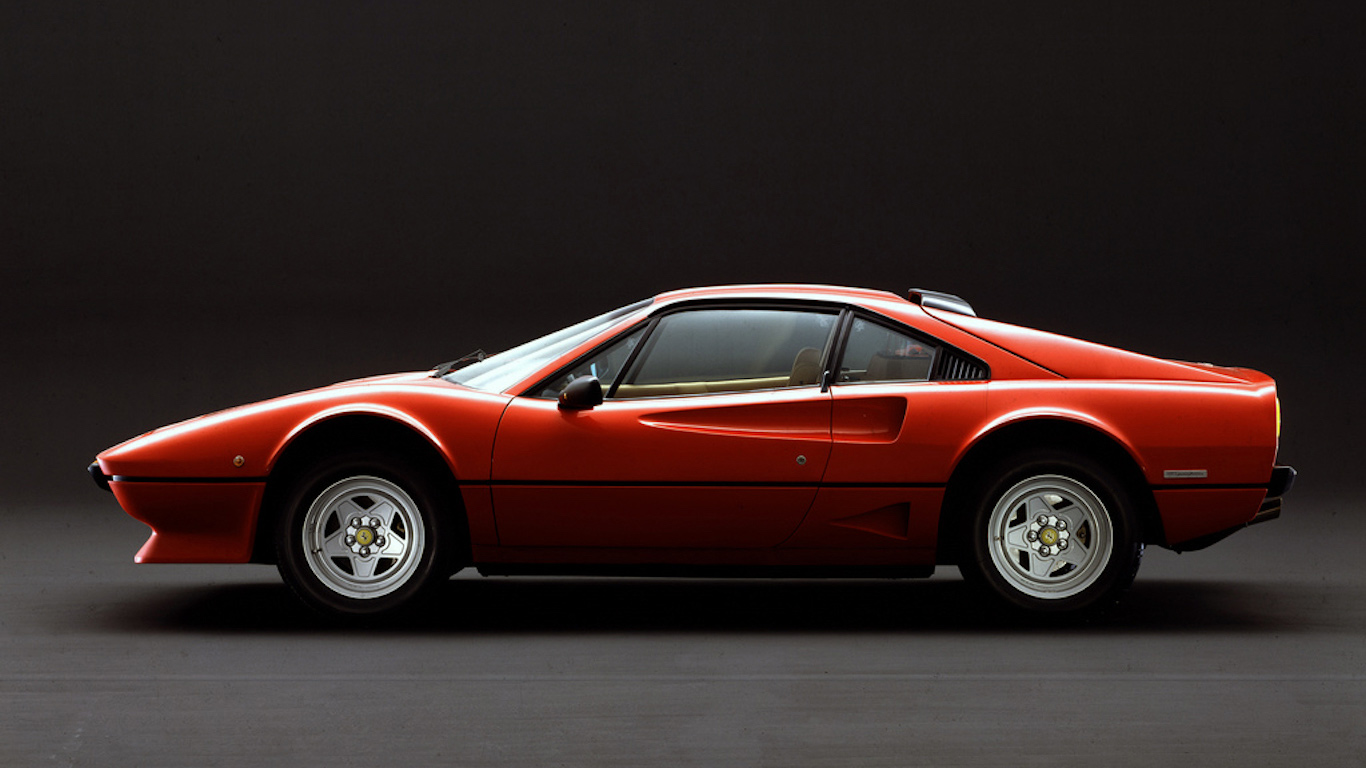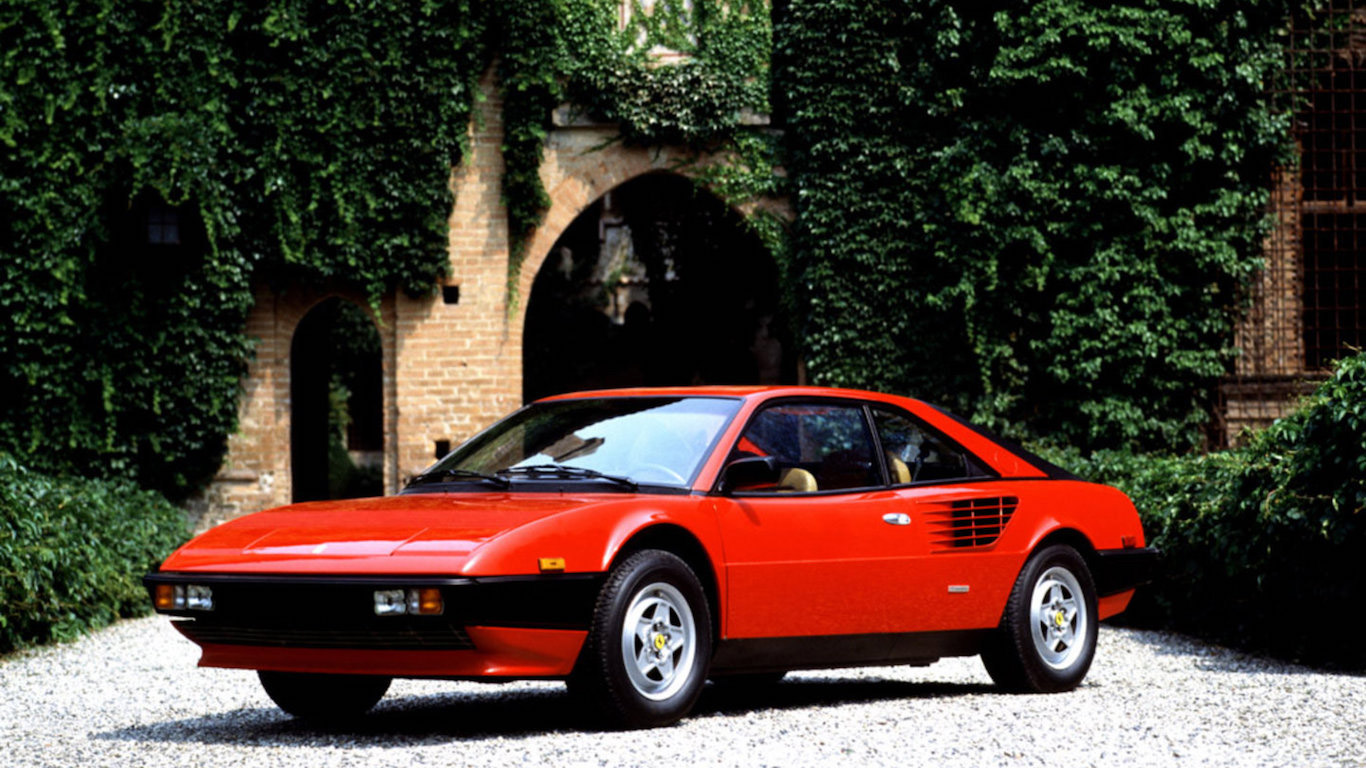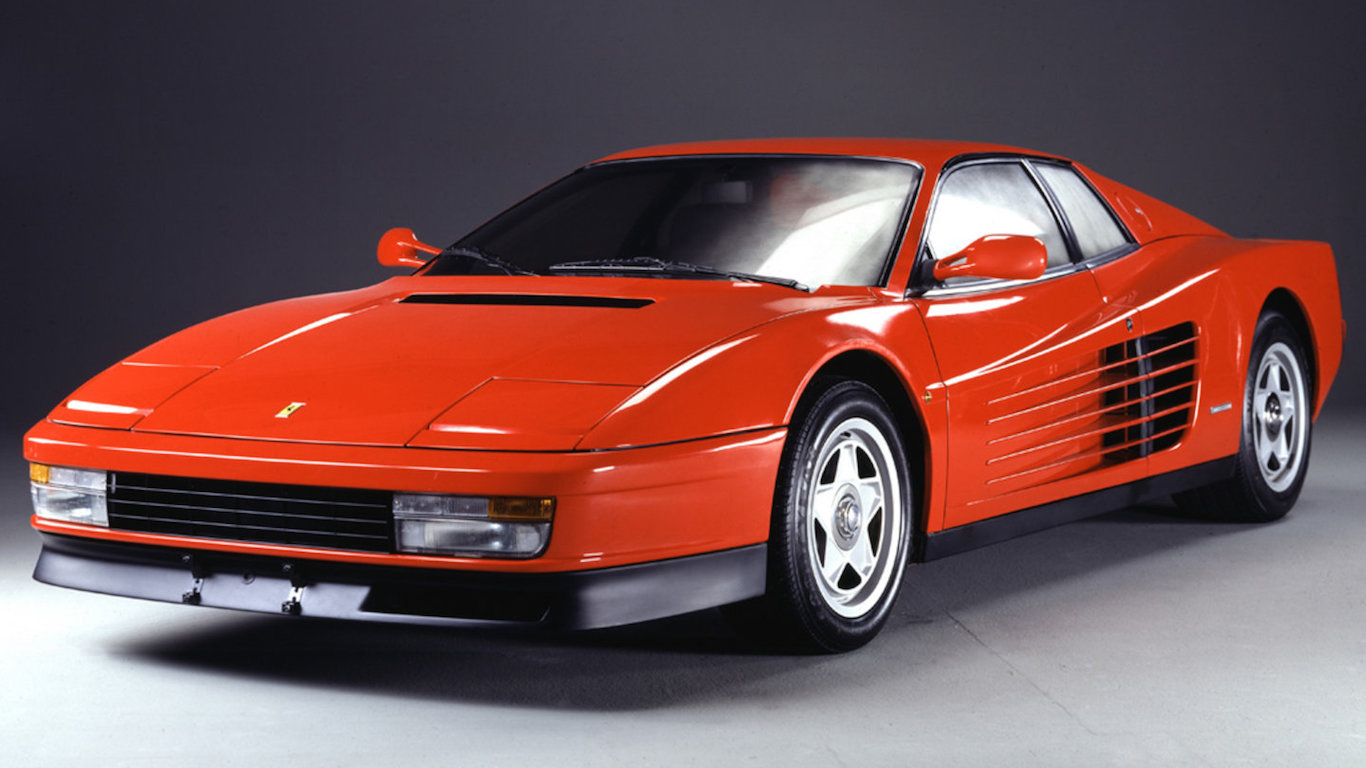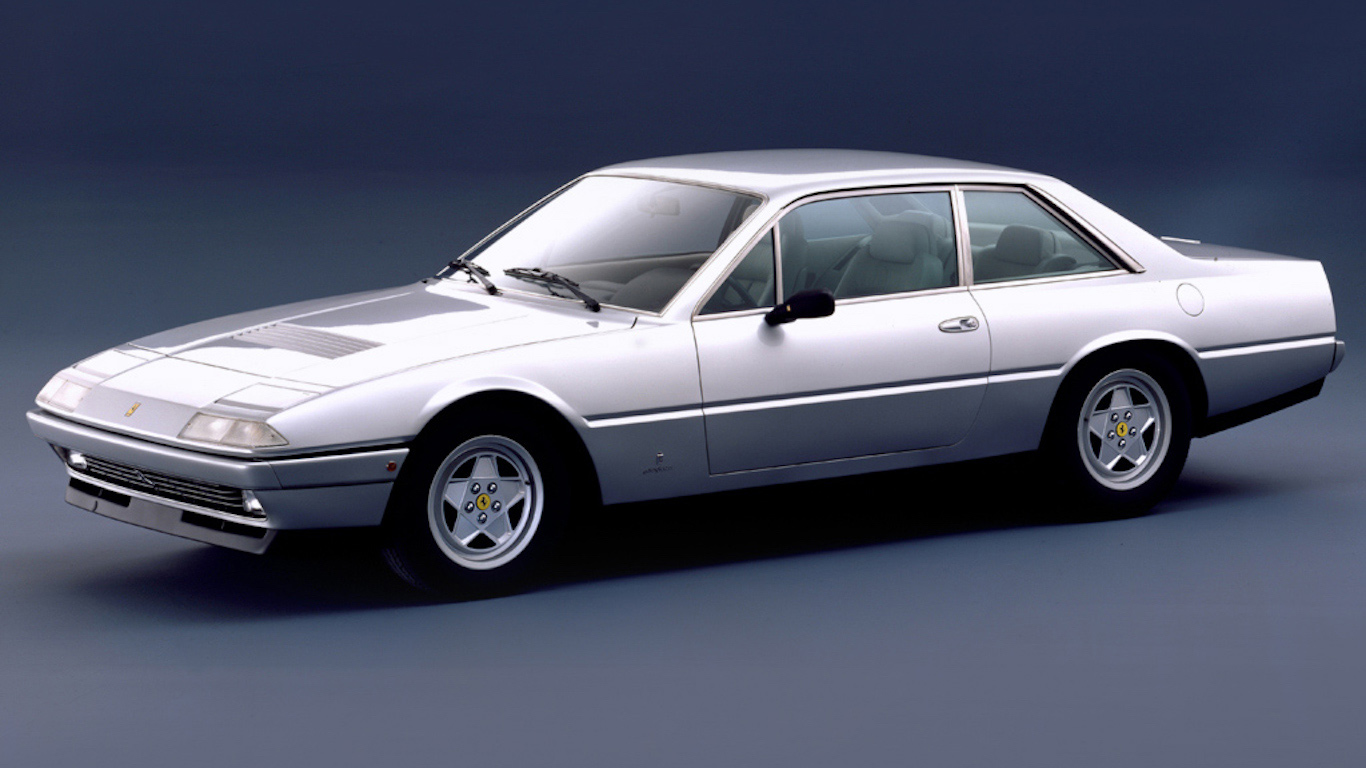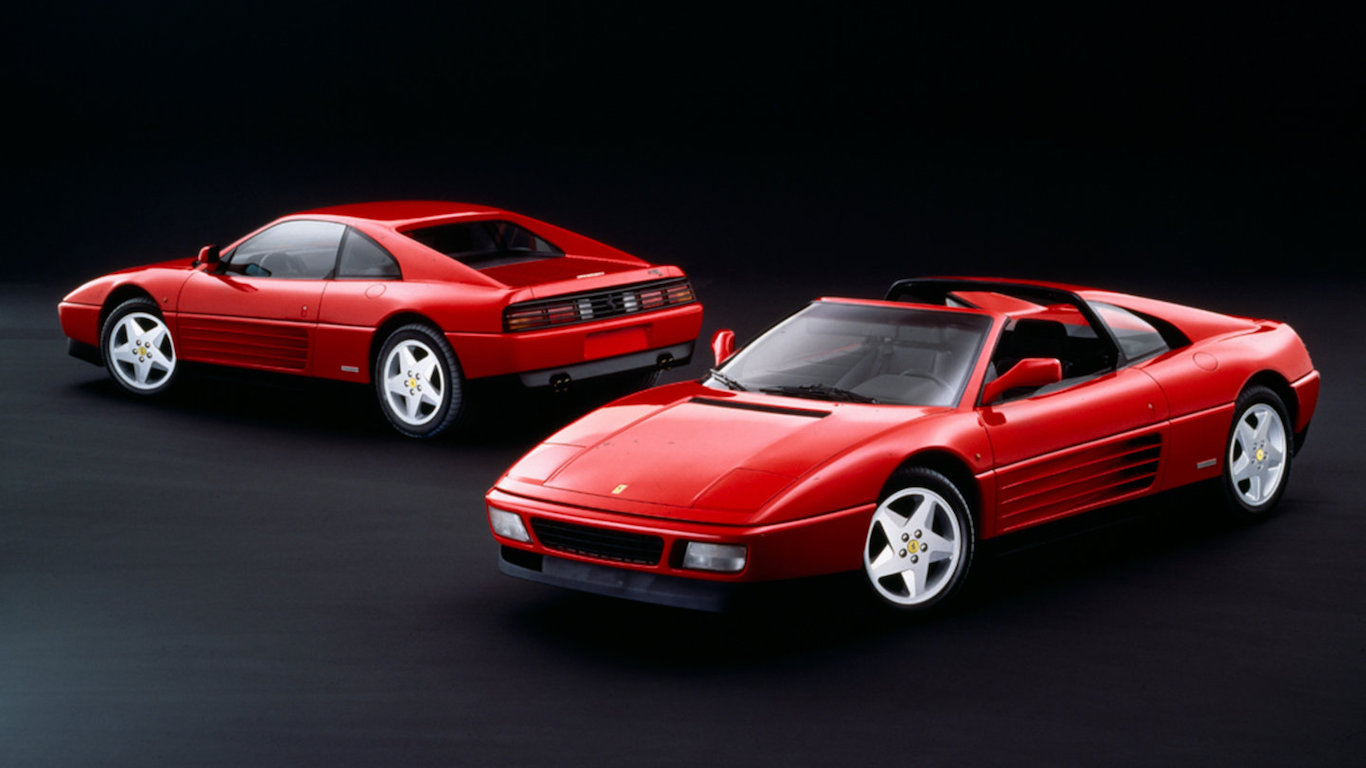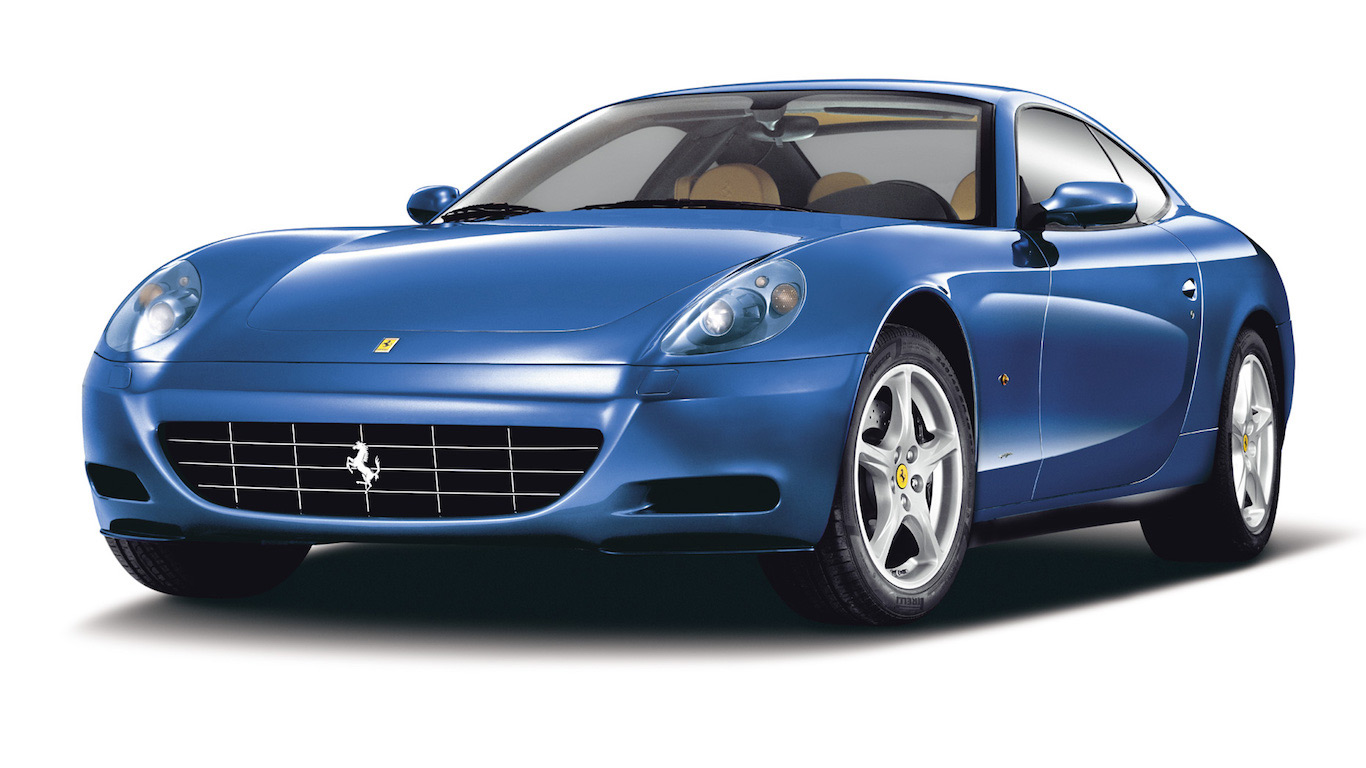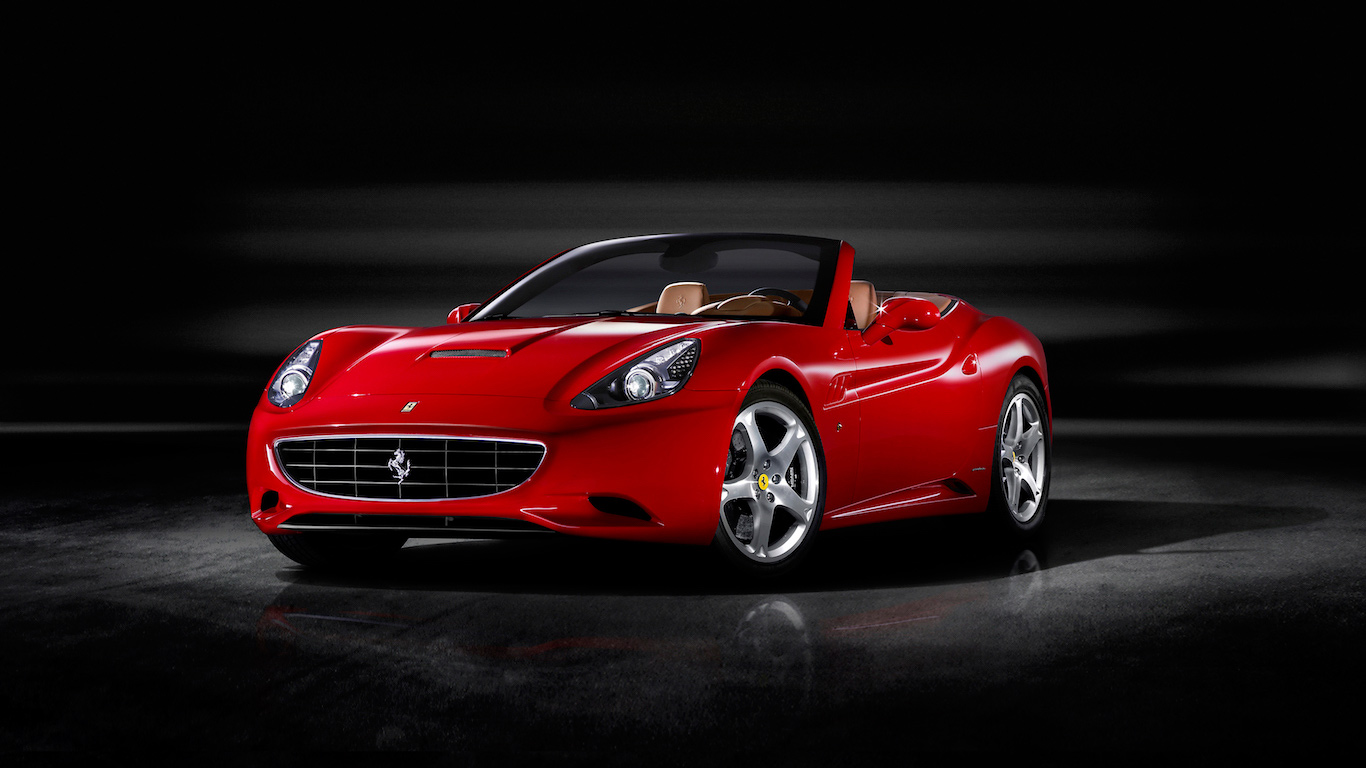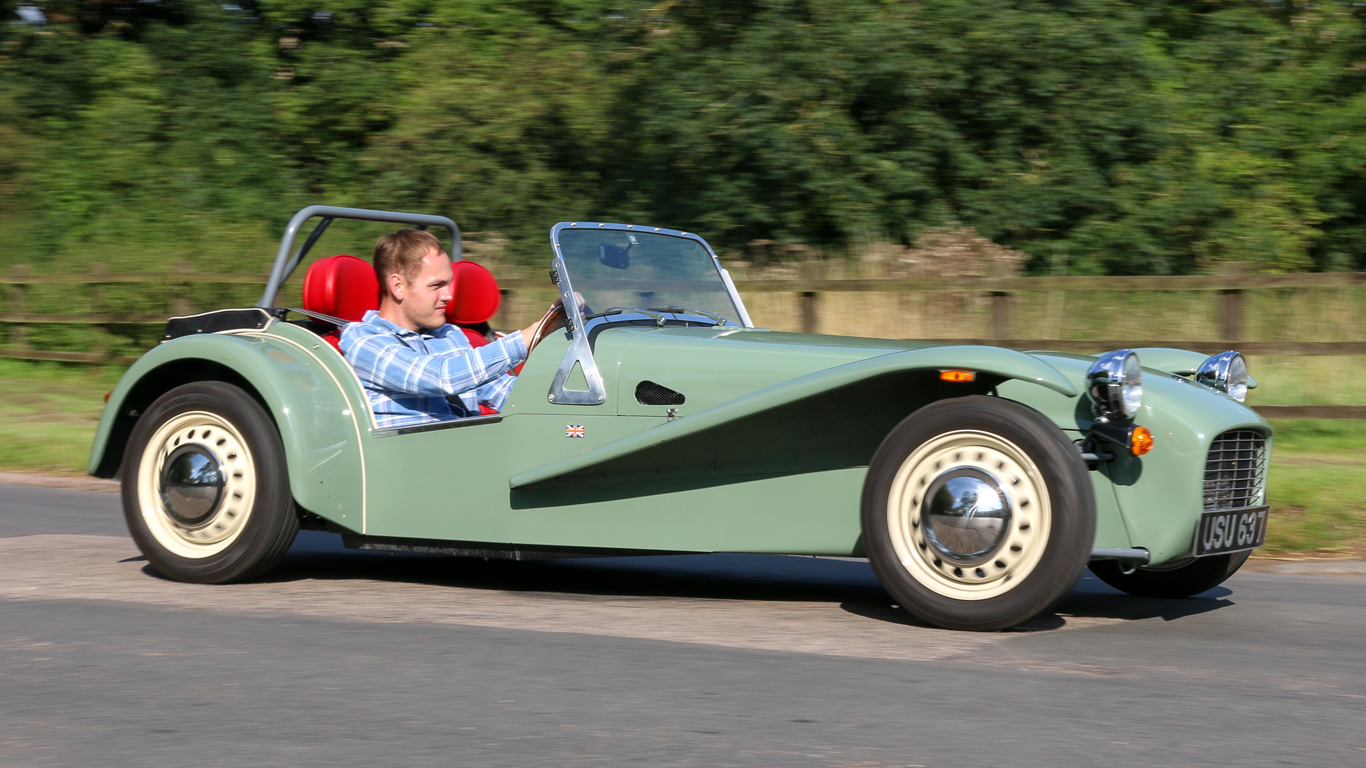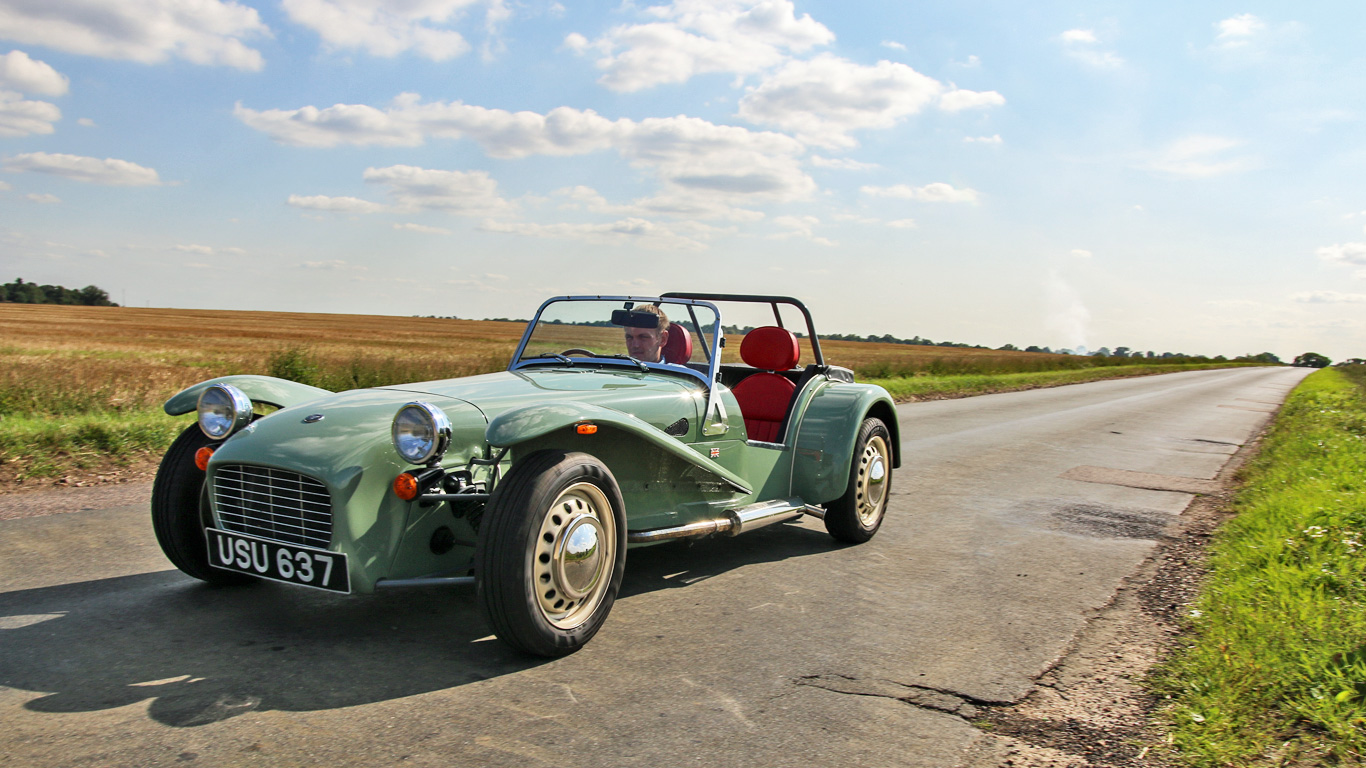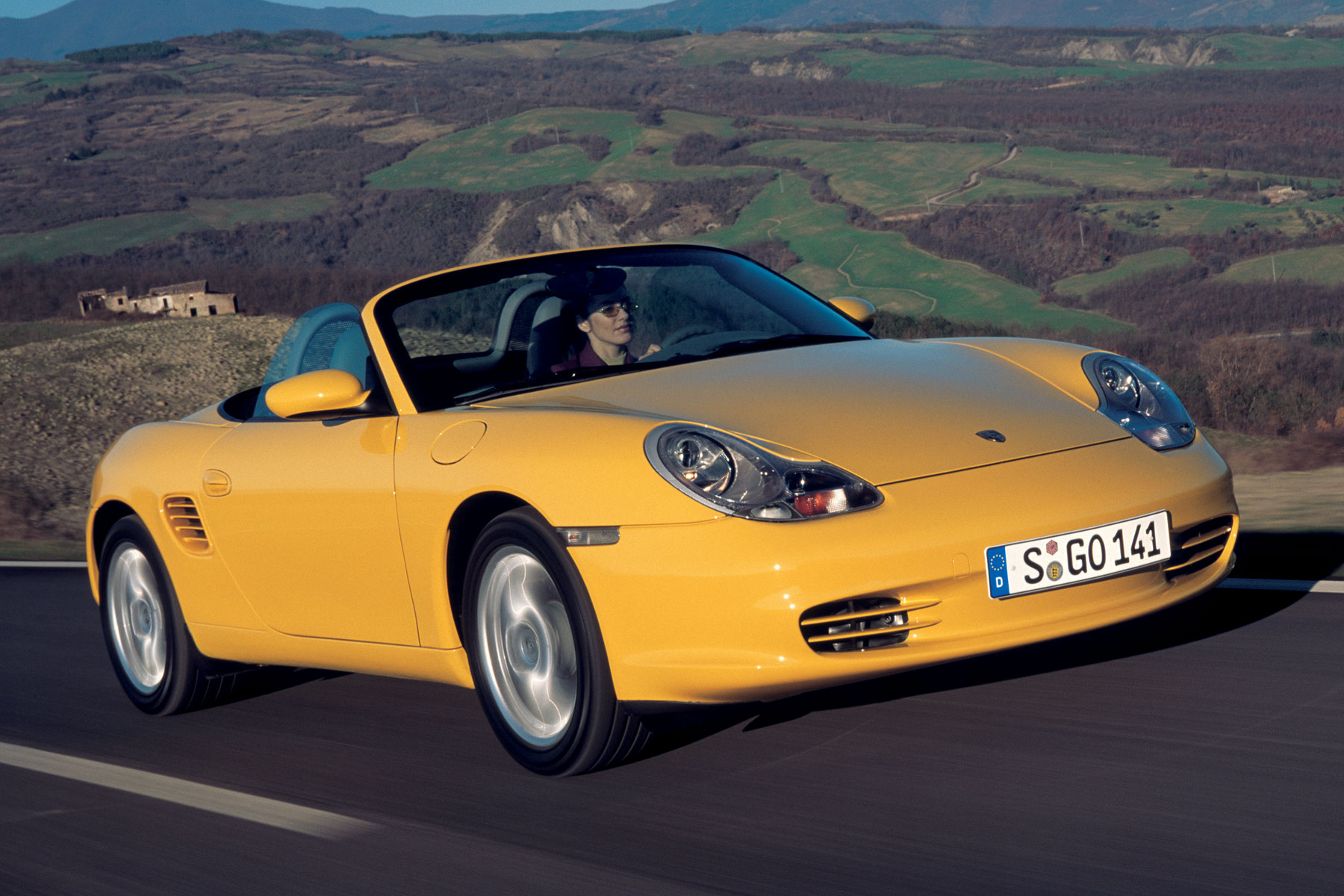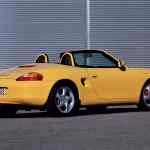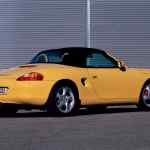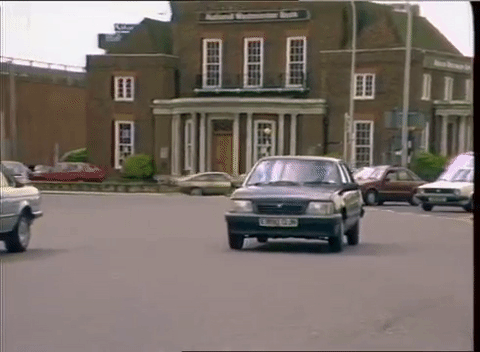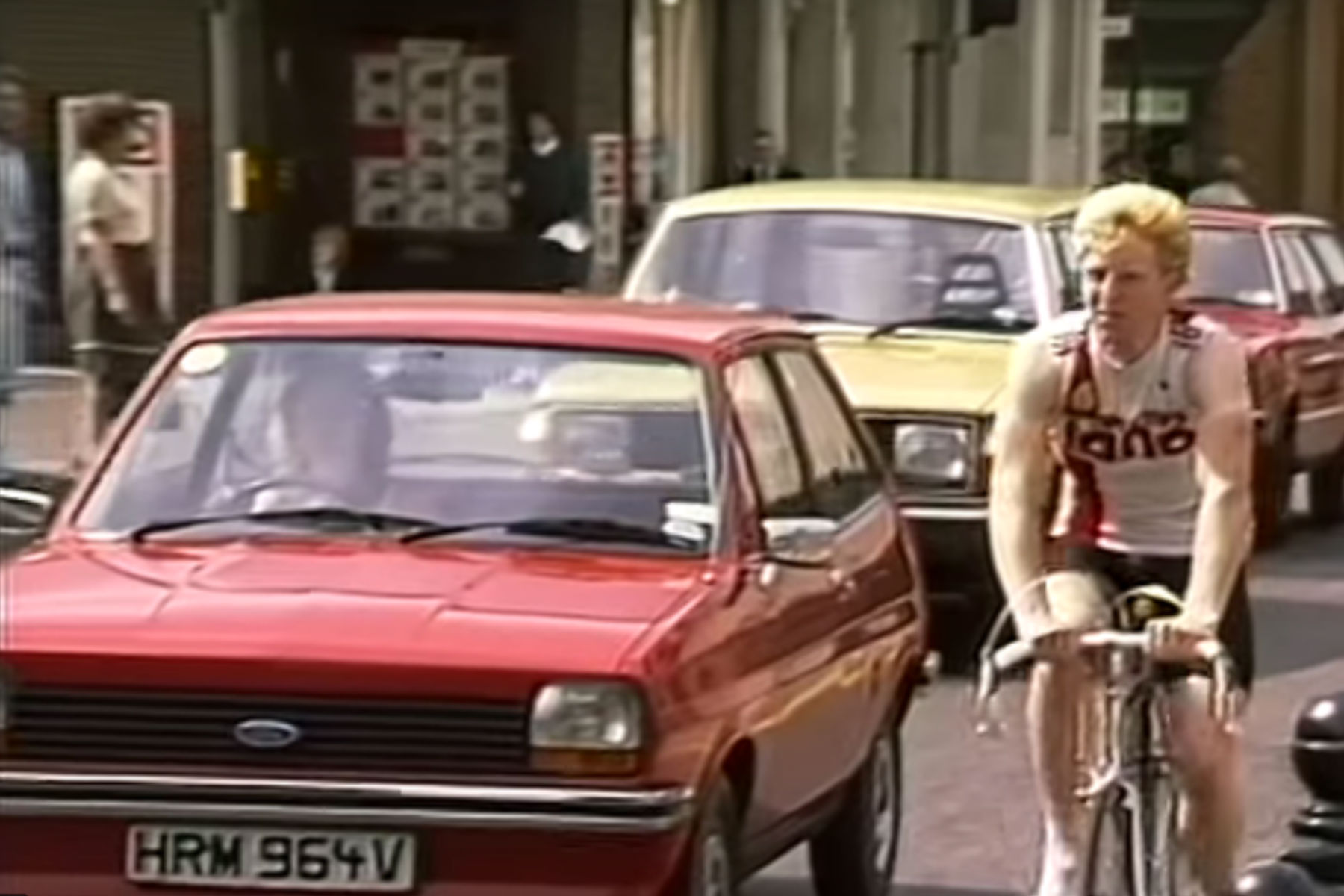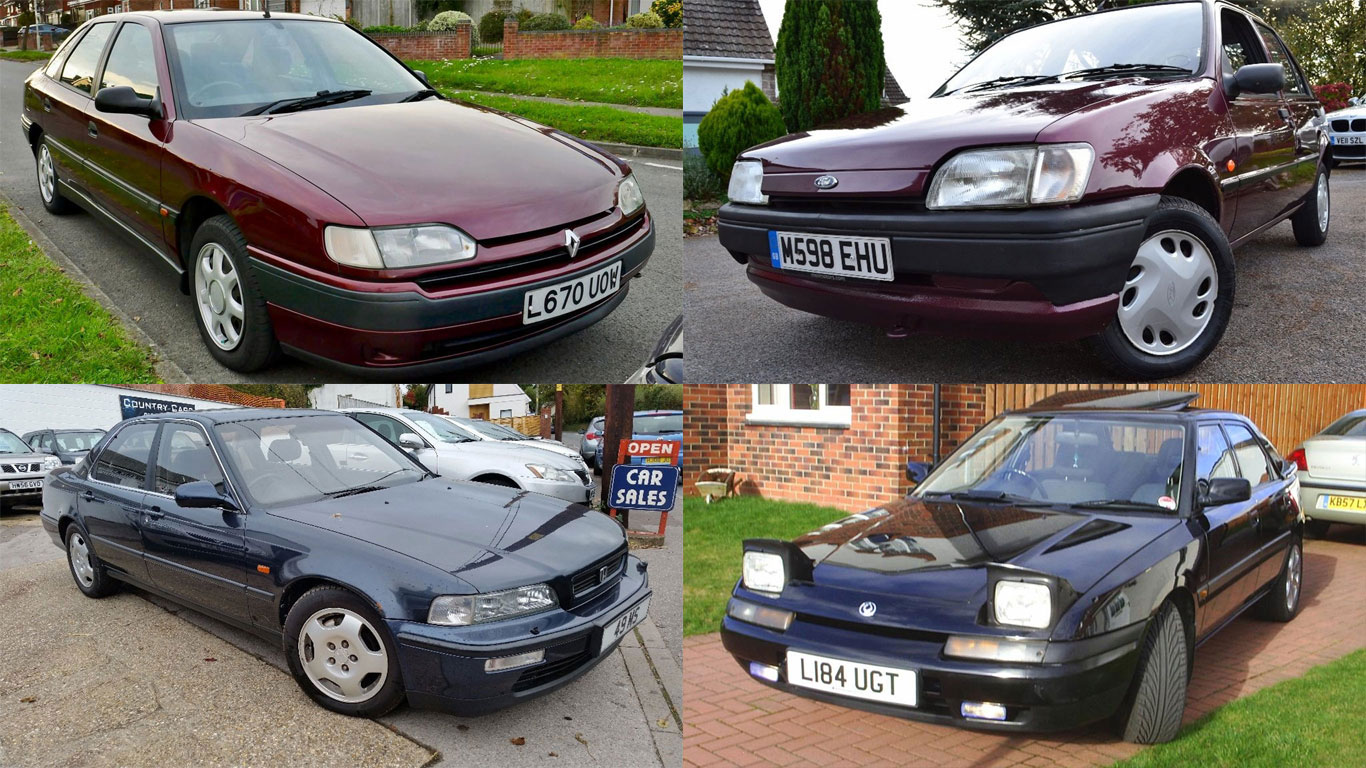
This weekend, thousands of classic car fans will descend on the NEC for the Classic Motor Show. Around 2,500 classic cars and motorcycles will be on display in an area the size of 12 football pitches. But why turn up in something modern when, for less than the price of a deposit on a PCP deal, you could rock up in something retro? We’ve scoured Auto Trader to bring you the best options for less than £1,500.
Ford Mondeo: £300
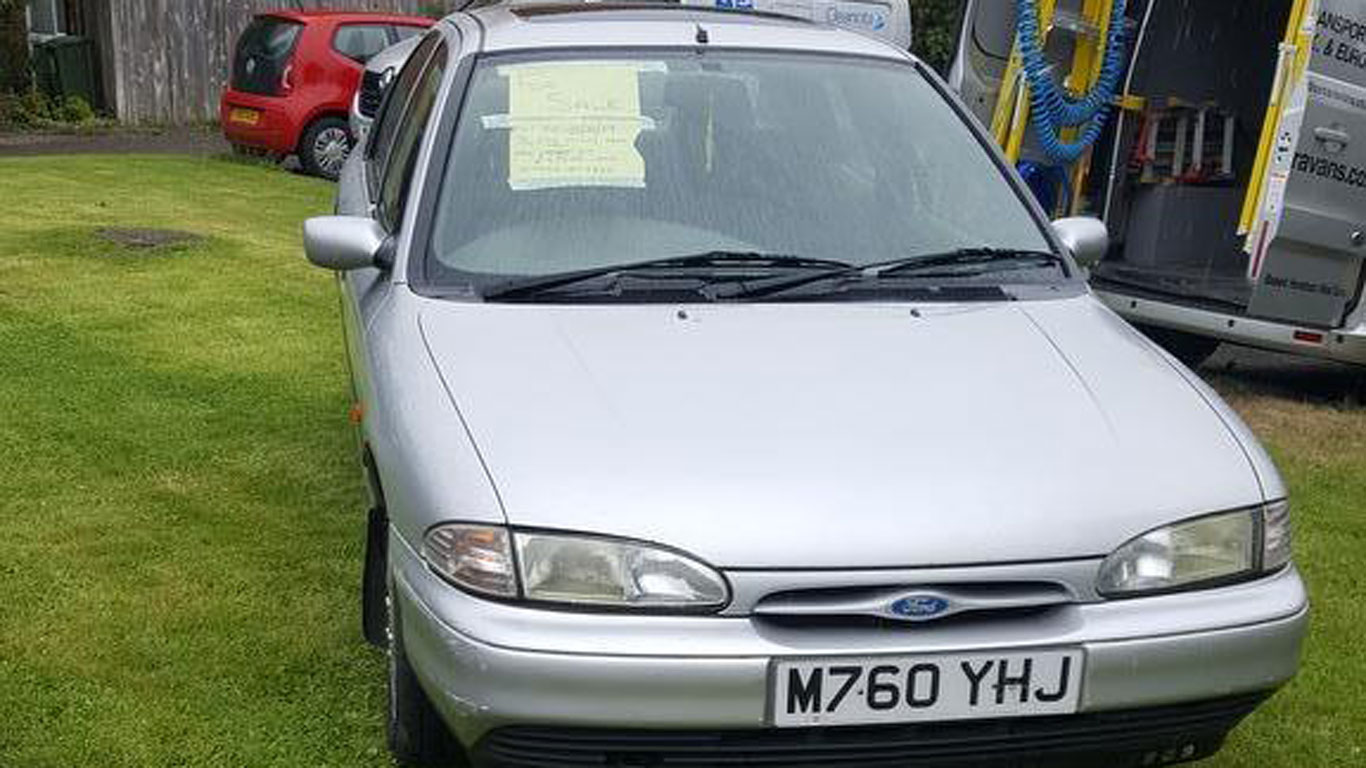
To be included in our round-up, a car must have a current MOT, be built between 1970 and 1995, and be available for less than £1,500. There will be some who claim the Ford Mondeo has no right to appear in a list of retro classics, but we beg to differ. This was a game-changing vehicle for Ford, and it even inspired its own ‘Mondeo Man’ tag. This 77k-mile example looks tidy, but it has a short MOT. Worth a punt for a retro rep-inspired road trip?
Buy this car on Auto Trader
Renault Safrane: £325
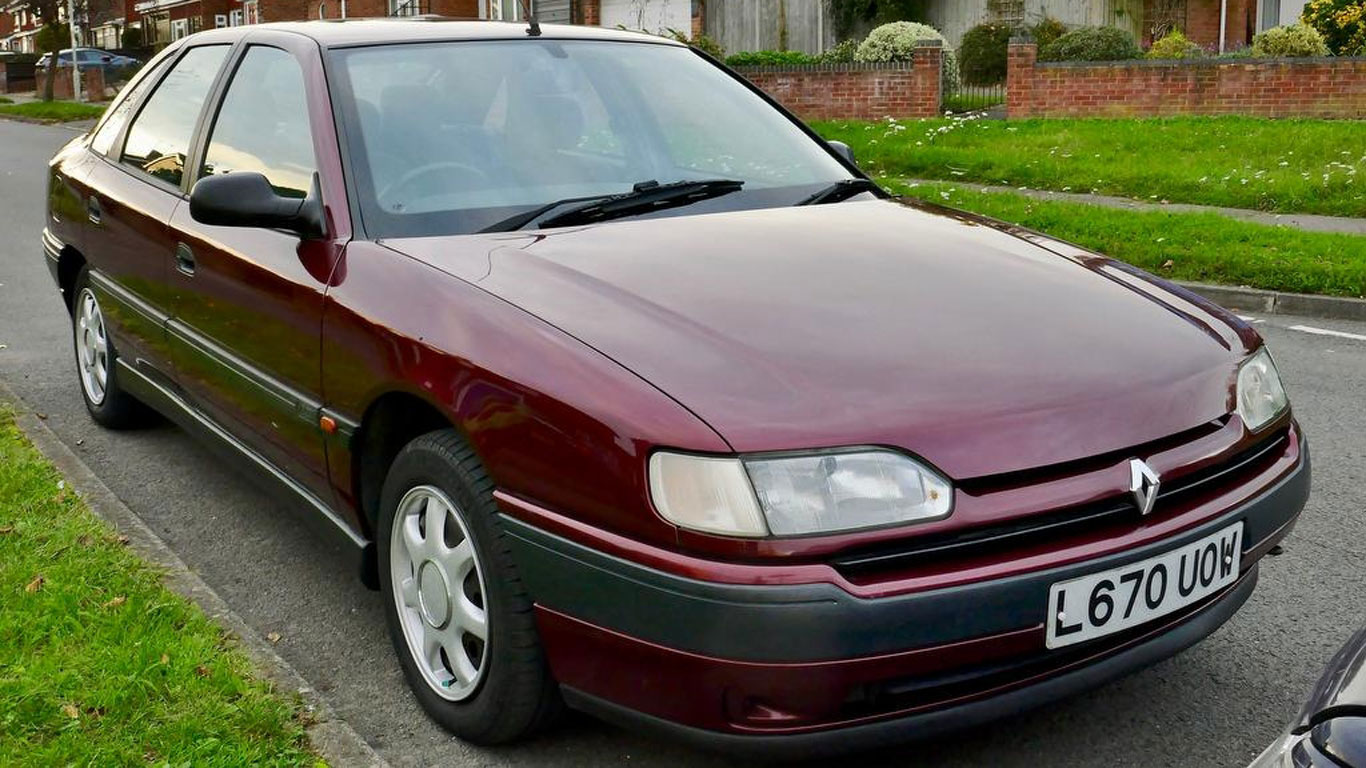
This is an awful lot of car for the money, but we appreciate that for some people it’s simply an awful car. But while large French barges have never been hugely popular in the UK – #depreciationdisasters – there’s a lot to like about the Renault Safrane. It will be comfortable, while the interior looks in good shape, even with a pair of ripped jeans lowering the tone. The heater blower isn’t working and the oil level gauge “has a mind of its own”, but you’d expect a few gremlins on a French car of this age and budget.
Buy this car on Auto Trader
Mazda 323F: £350
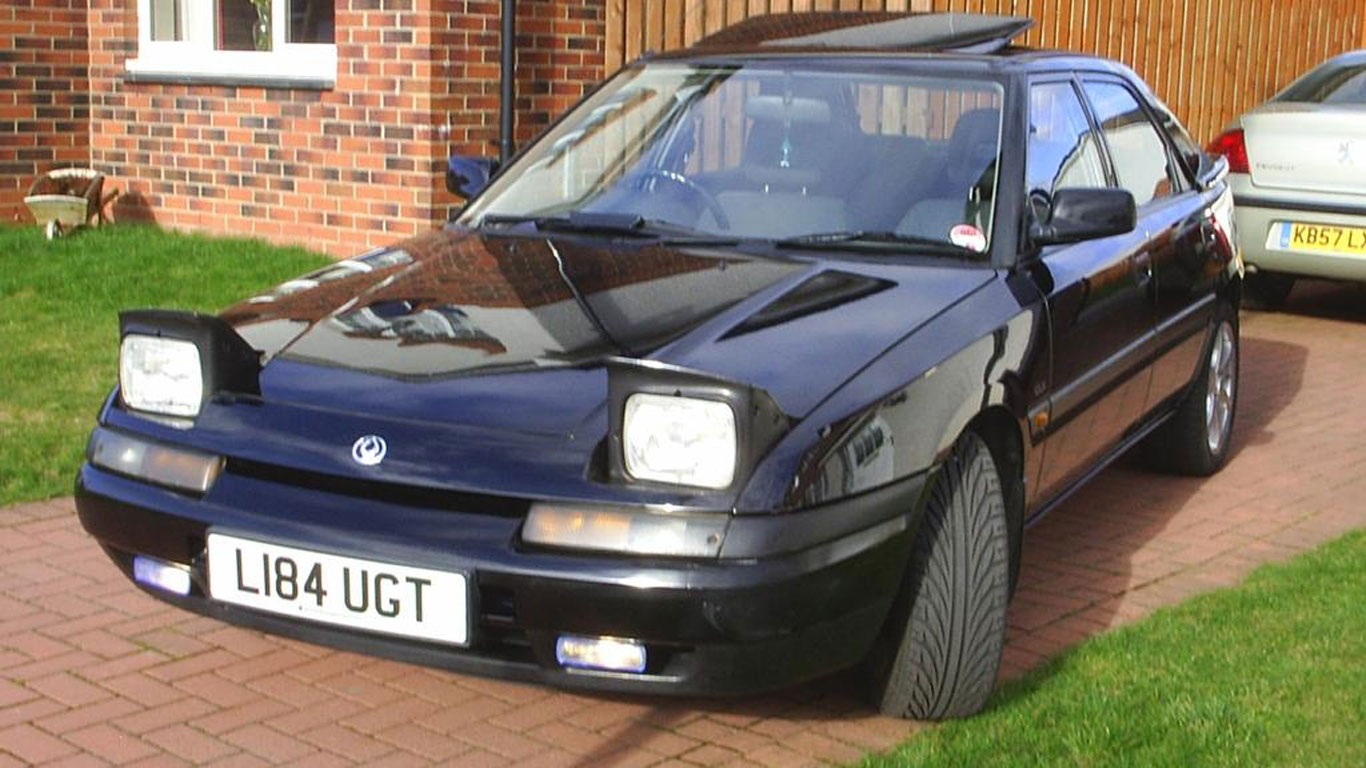
A subhead of “Pop Up Headlights” suggests that this seller knows how to tug at the heartstrings of a wannabe retro car owner. Whether they ‘pop down’ again is another matter, but for £350, do you really care? Sadly, these things don’t drive as well as they look, but pop-up headlights will earn you some kudos points in the NEC car park.
Buy this car on Auto Trader
Peugeot 306: £450
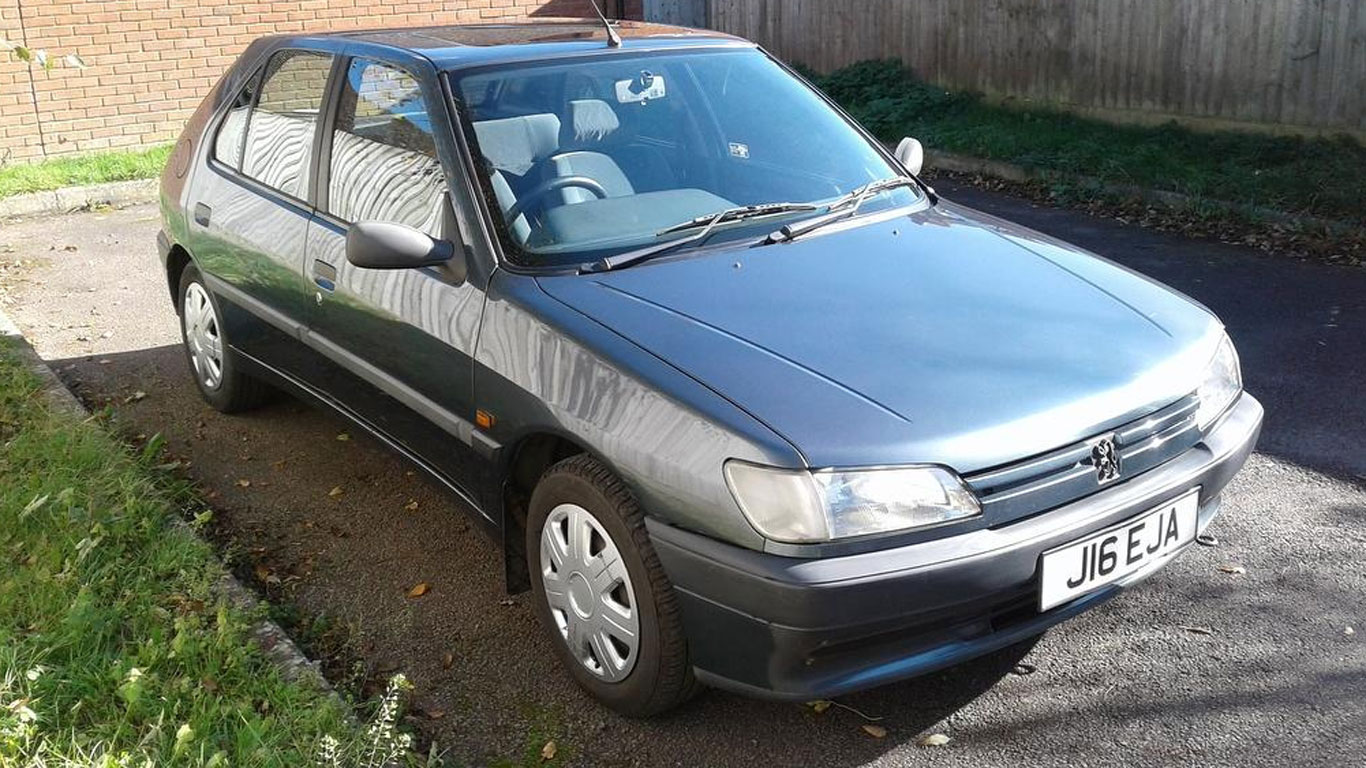
The Peugeot 306 might not have passed into classic status, but we doubt you’ll find a more honest example than this, especially for £450. The MOT history makes for excellent reading, while the fact that it has been owned by the same lady for 13 years is encouraging. Revel in what looks like an as-new interior and reminiscence about the days when Peugeot built terrific driver’s cars.
Buy this car on Auto Trader
Citroen ZX: £500
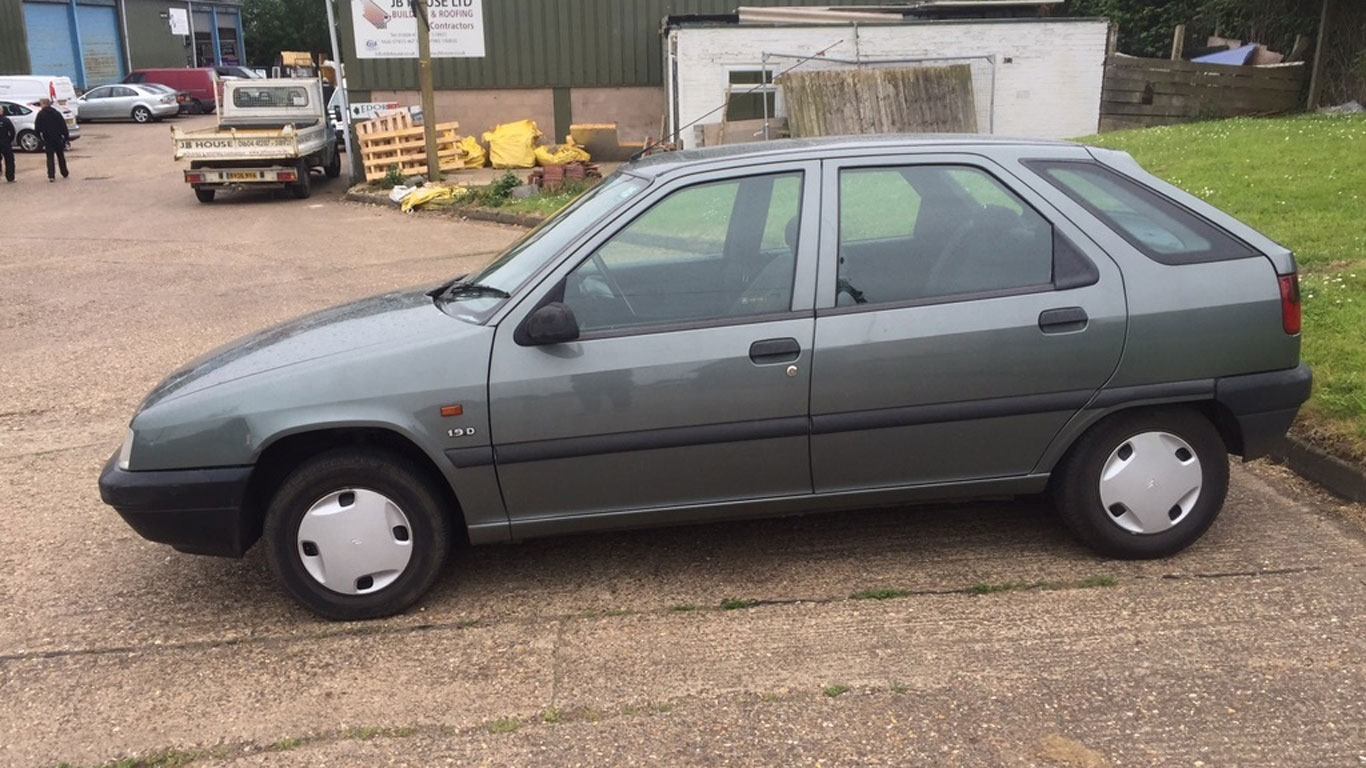
If the Peugeot 306 doesn’t appeal, you’re unlikely to fall head over heels in love with this Citroen ZX, but just look at it! A one-owner car with just 63,200 miles on the clock, and a 1.9-litre diesel engine that could transport you to and from the NEC from just about anywhere in the UK on a single tank of fuel. Few £500 cars offer such a terrific blend of ride comfort and sharp handling.
Buy this car on Auto Trader
Ford Escort: £649
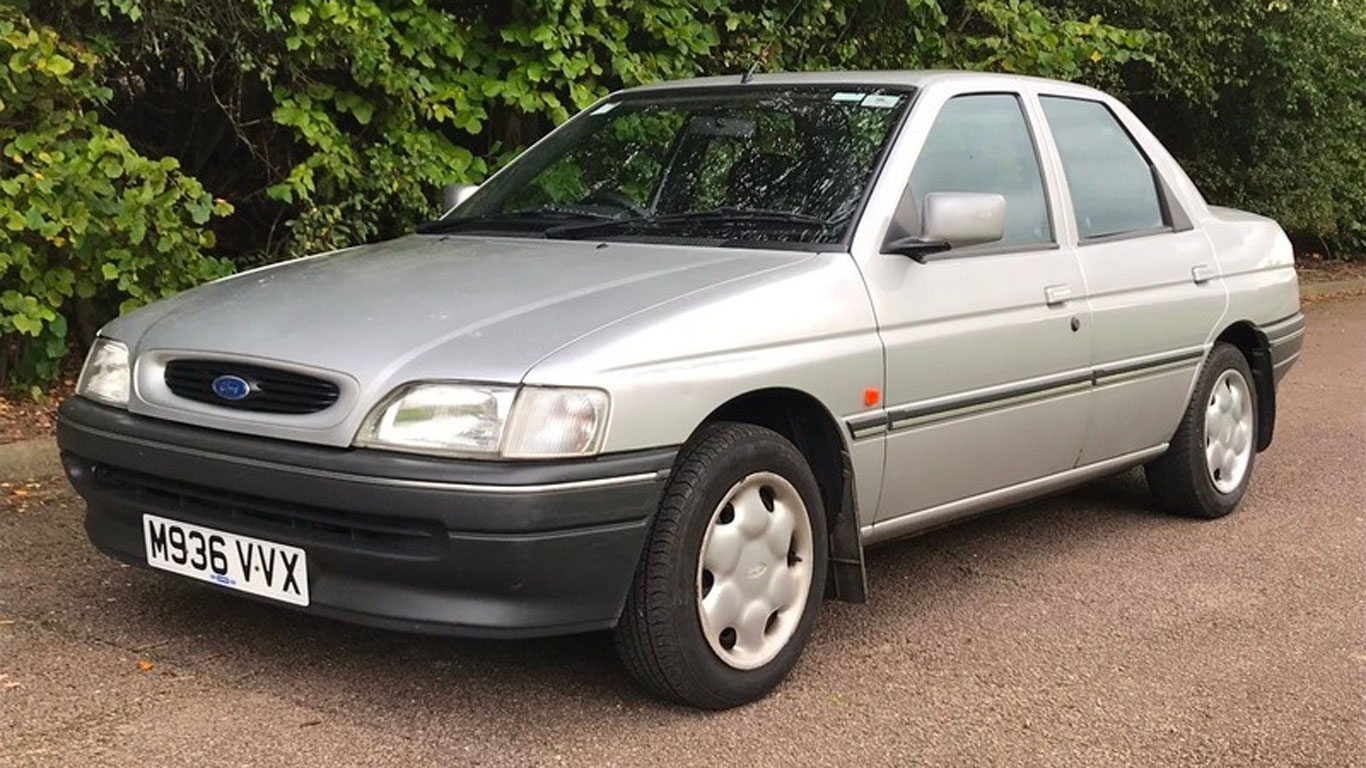
By the time this car arrived in 1995, the old Orion name had been gone two years, with the family saloon falling under the Ford Escort umbrella. We admit that this Escort – neé Orion – is about as exciting as a drizzle sandwich, especially in ‘John Major grey’, but it fits the retro tag. Just.
Buy this car on Auto Trader
Austin Metro: £700
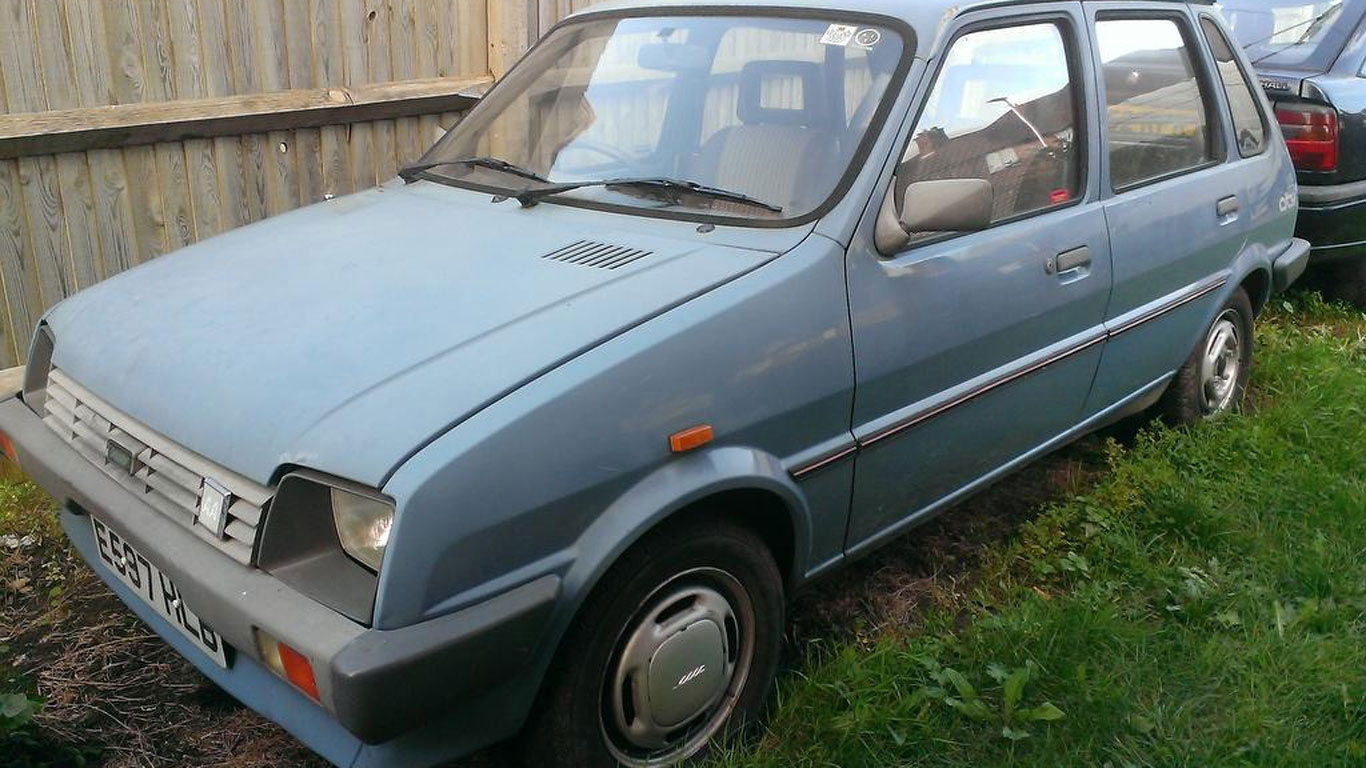
A sensibly-priced low-mileage retro classic, whatever next? We think £700 is a fair price for a slice of British motoring history, especially when it has just 24,844 miles on the clock. A bit of TLC will have this Austin Metro City looking show-ready in no time at all. As for the sun-damaged rear seat – simply throw a rug over the top. Sorted.
Buy this car on Auto Trader
Audi 80: £750
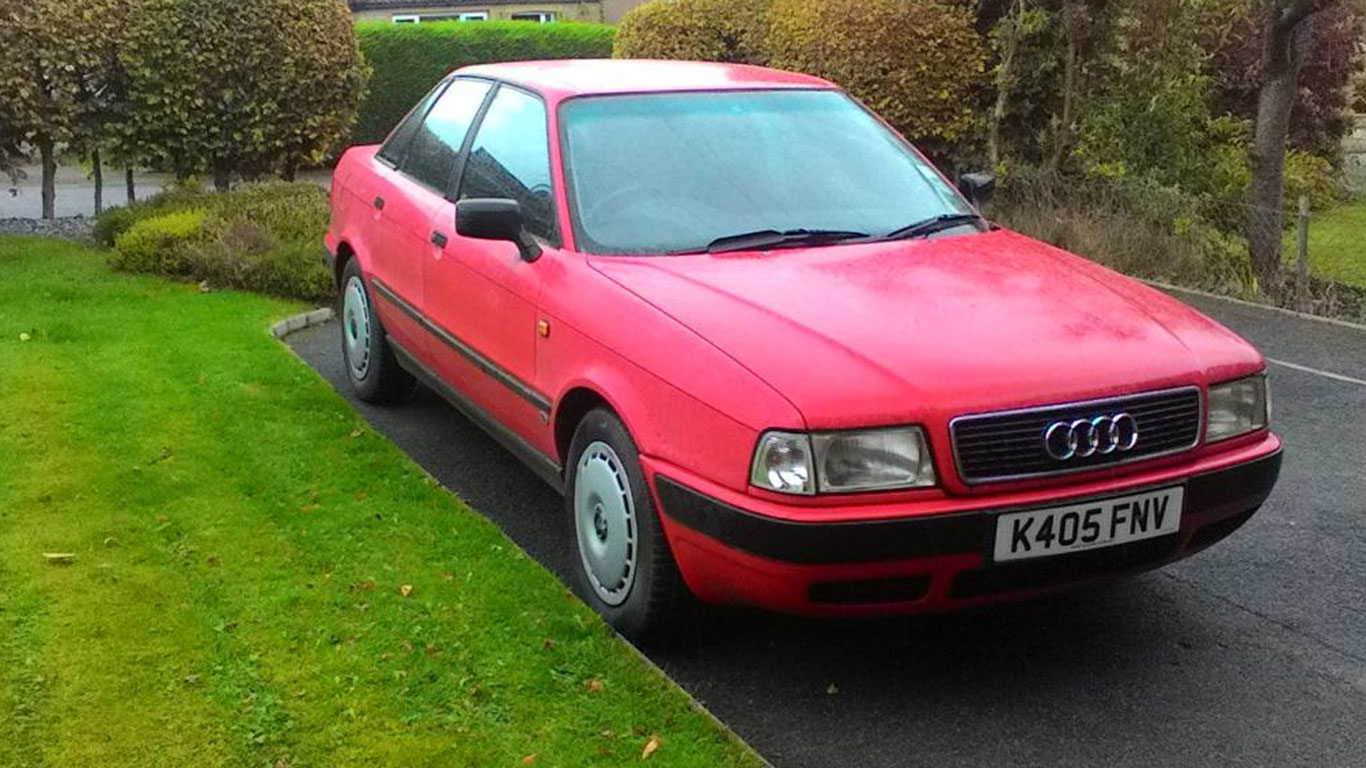
Built at a time before Audi’s image hit an upwards trajectory, the 80 was well-engineered, safe and dependable. In fact, this 1993 example could be used daily without a problem, with 200,000+ miles no issue. The best bit: there isn’t a single advisory listed on the MOT history.
Buy this car on Auto Trader
Volvo 740: £900
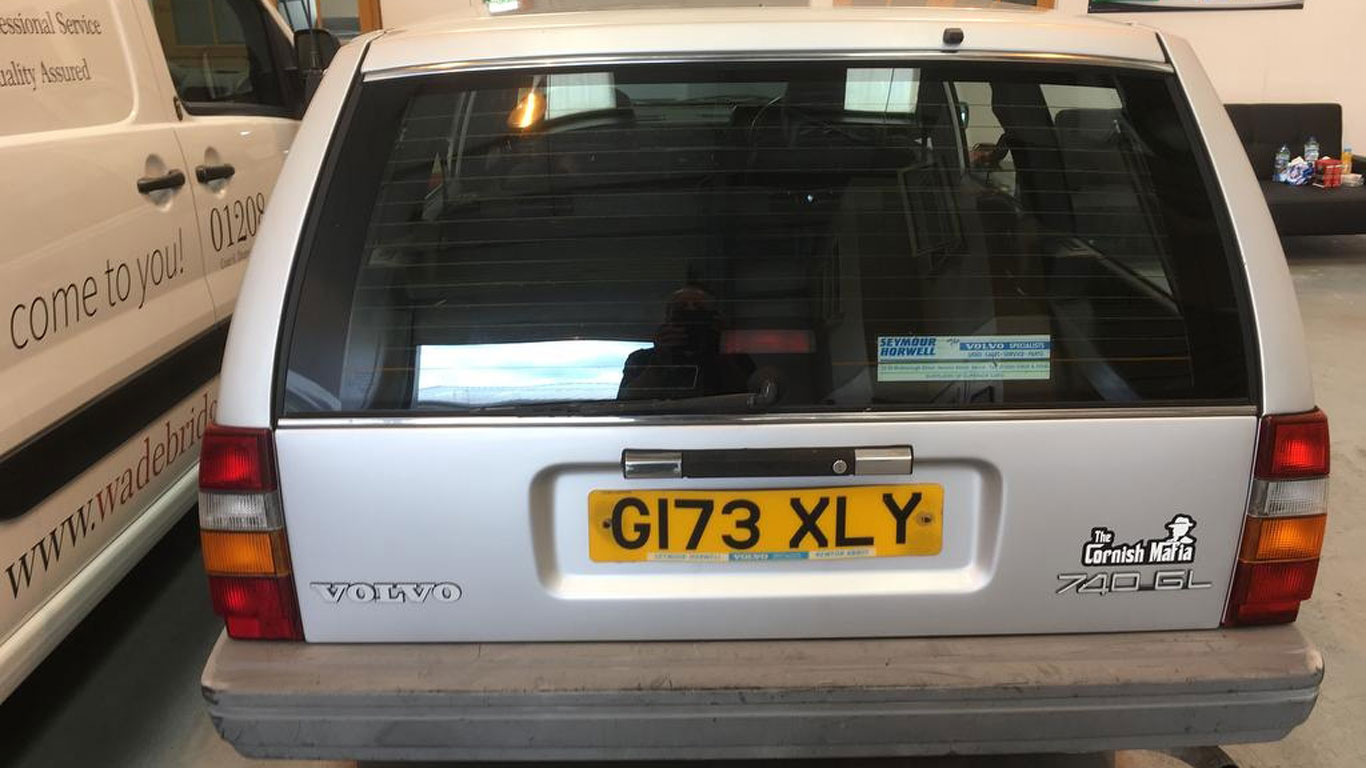
If you’re hoping to purchase some parts from the UK’s largest indoor autojumble, you could hire a van. Alternatively, why not buy the ultimate load-lugging estate? This Volvo 740 looks a little tired but appears to have done 48,974 miles. A new engine, perhaps? Certainly worth checking.
Buy this car on Auto Trader
Volvo 440: £999
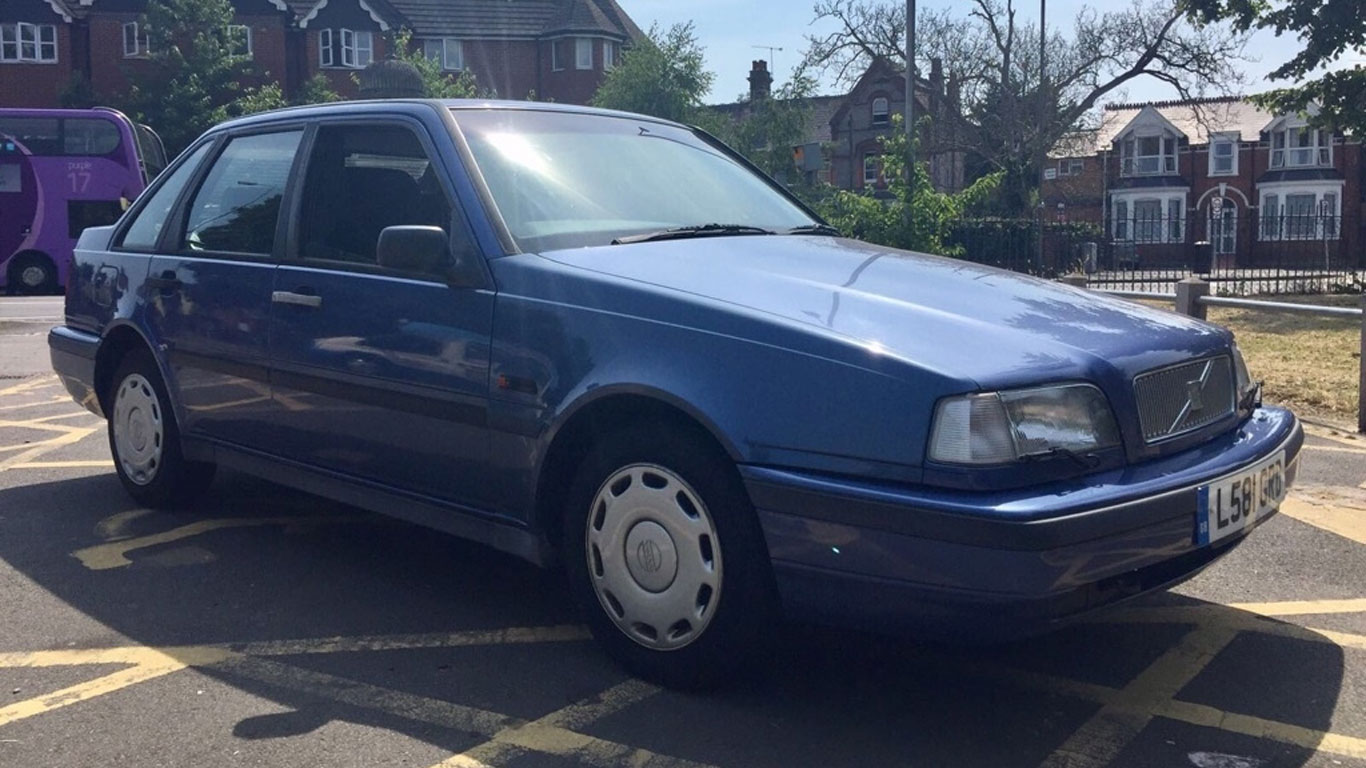
Look. At. This. A one-owner from new, full Volvo service history, Volvo 440 with just 57,000 miles on the clock. Last serviced by Volvo just 300 miles ago, you can almost guarantee that it will come with a folder full of receipts and old MOTs. Brilliant.
Buy this car on Auto Trader
Mazda MX-6: £1,000
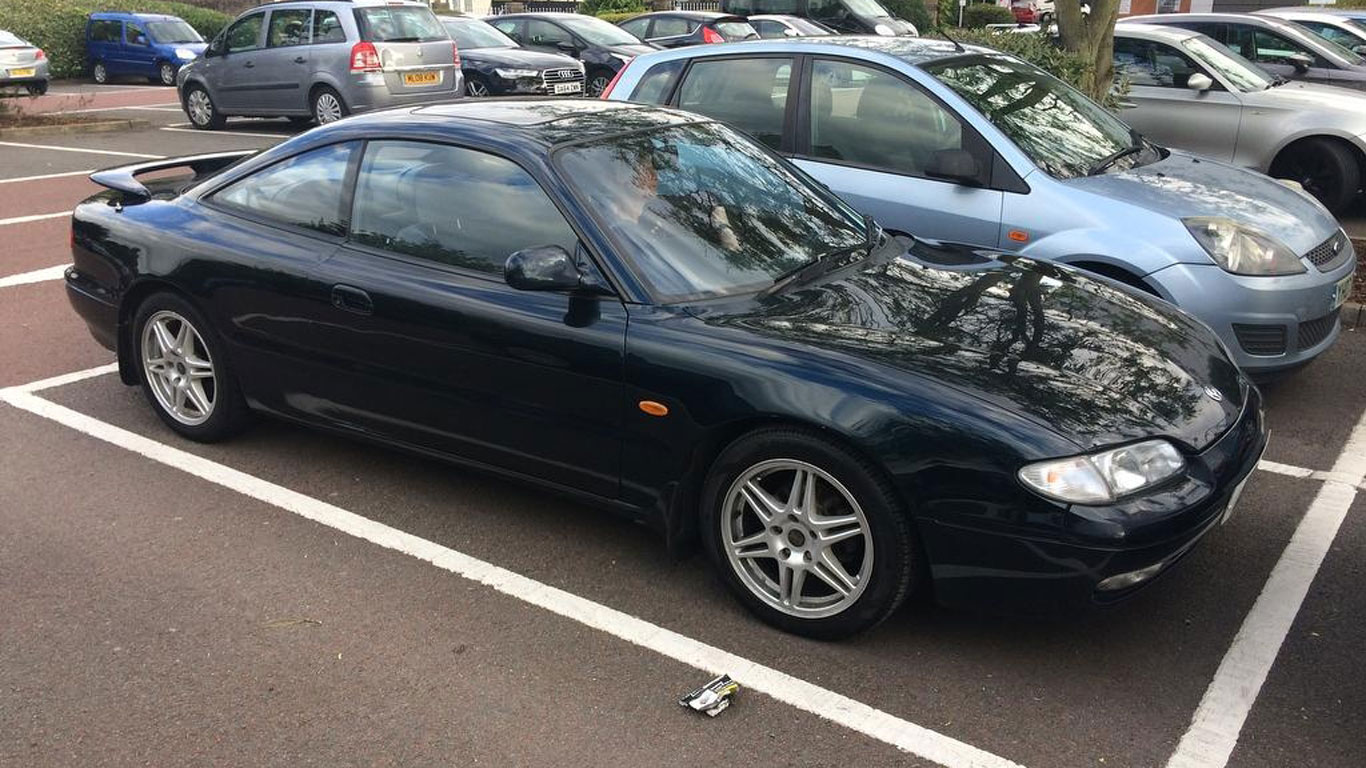
Cars such as this Mazda MX-6 won’t stay around for long. In fact, in the process of preparing this feature, three cars have been sold in the time it has taken to complete the job. The understated and elegant styling of the Mazda MX-6 is ageing very well, perhaps more so than its sibling, the Ford Probe. Yours for a ‘bag of sand’.
Buy this car on Auto Trader
Citroen XM: £1,000
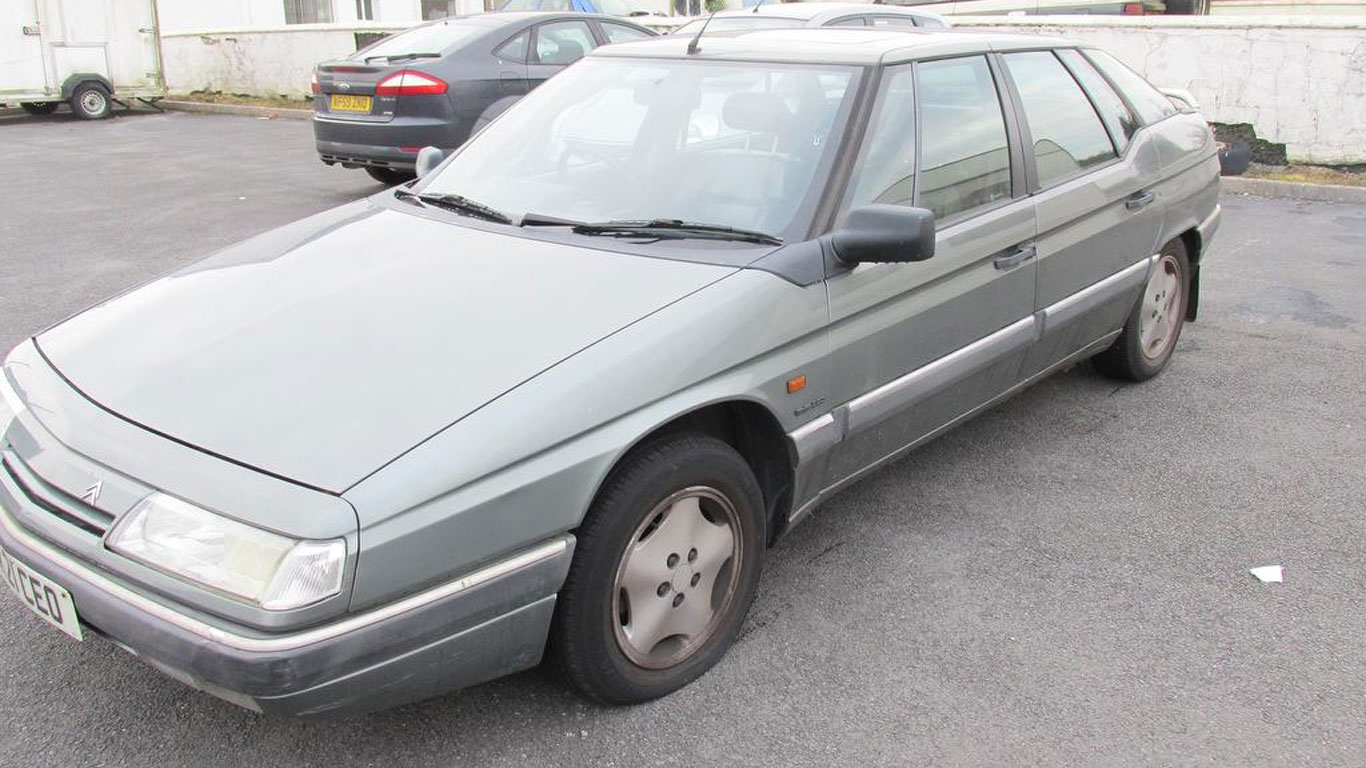
Some would argue that the XM of 1989 was the last true Citroen: a technologically-advanced replacement for the CX. In truth. It was little more than a glorious failure, certainly in the UK, and was hampered by electrical gremlins and quality issues. The MOT history suggests that the milometer stopped working from 2007 to 2012 so the mileage might be higher than described.
Buy this car on Auto Trader
Vauxhall Nova: £1,195
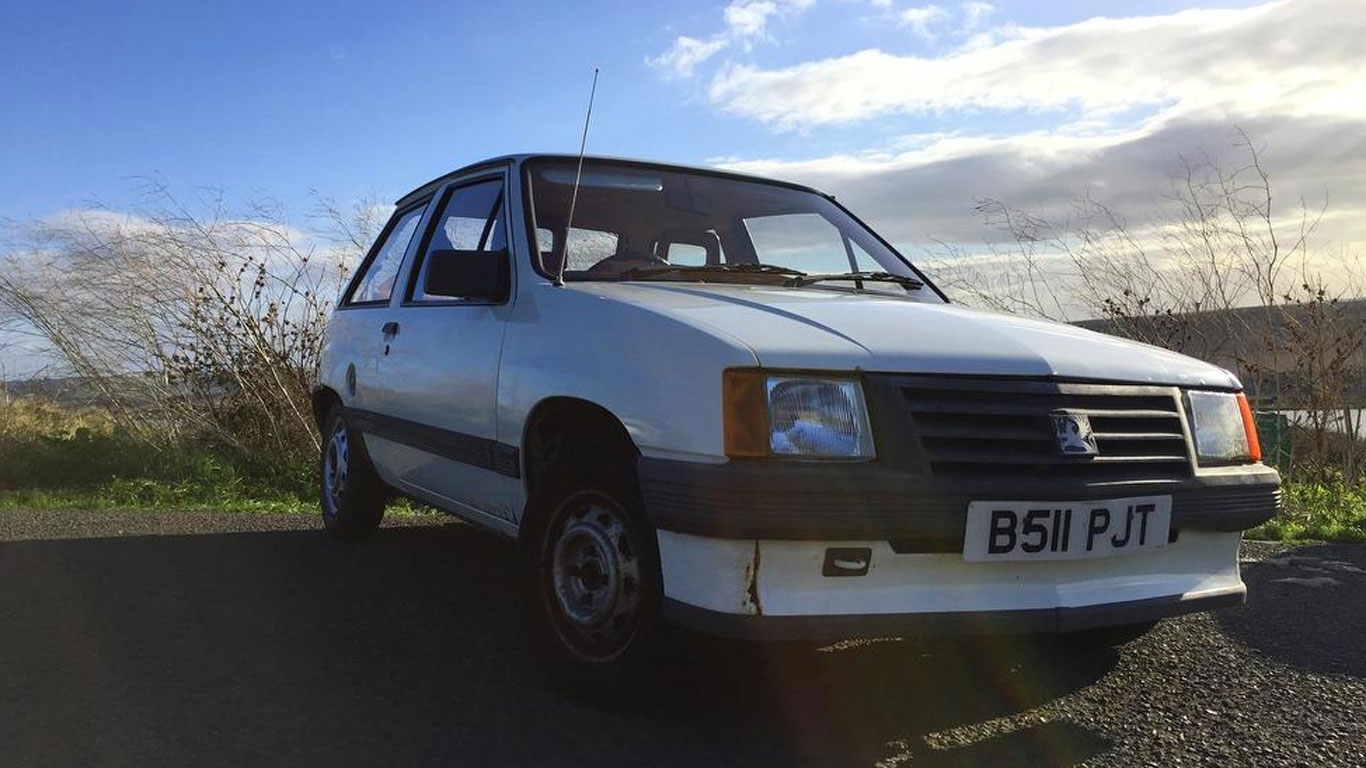
Described as a “much loved Vauxhall Nova,” does this prove Rihanna’s theory that it’s possible to find love in a hopeless place? Let’s not be too beastly to the humble Nova, because this little car provided transport to students, parents and old folk across the land. And it looks a damn sight more appealing than a new Corsa. The MW/LW push-button will provide the cracking and crackling tunes as you make your way up the M40.
Buy this car on Auto Trader
Mazda MX-5: £1,395
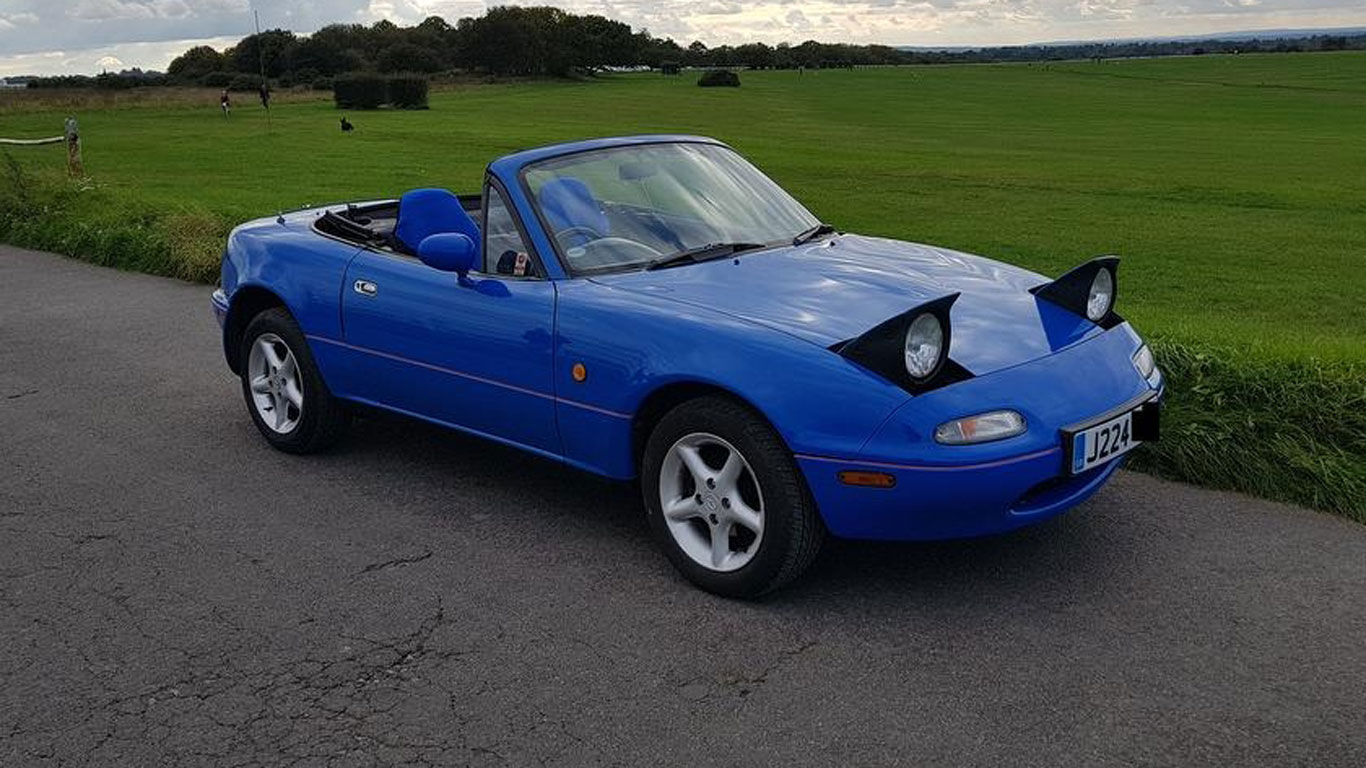
Finding good examples of the original Mazda MX-5 is growing increasingly tough, especially at this price point. This 1991 example has covered an impressive 181,000 miles and is seemingly in great condition. That said, it’s the second Mazda to leave us wondering if the headlights are stuck in their raised position.
Buy this car on Auto Trader
Toyota Supra: £1,400
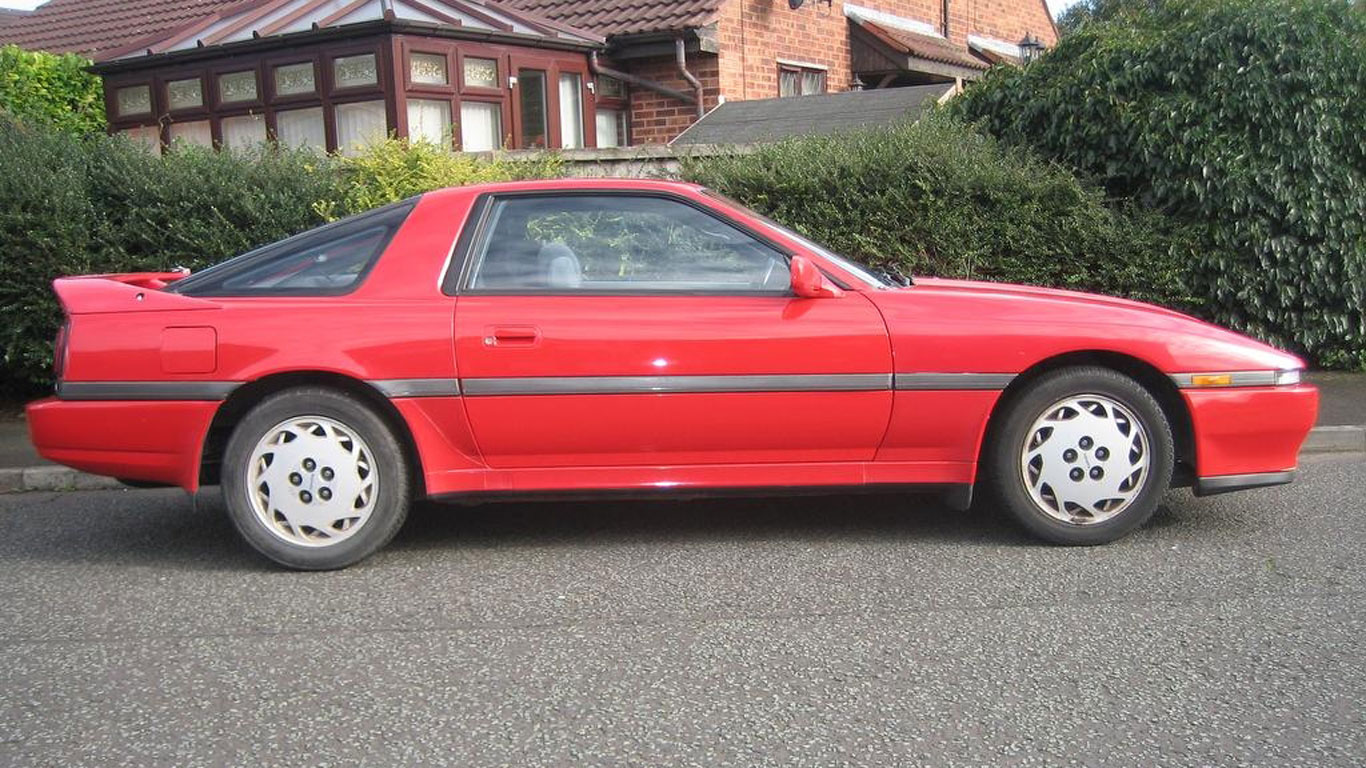
The Toyota Supra divorced from the Celica in 1986, with the former gaining more power and the latter going off in search of a new front-wheel drive future. In standard 3.0i form, the Supra is more grand tourer than sports car, but for a high-speed cruise to Birmingham, this £1,400 example holds strong appeal. Gold medallion and chest wig sold separately.
Buy this car on Auto Trader
Nissan QX: £1,484
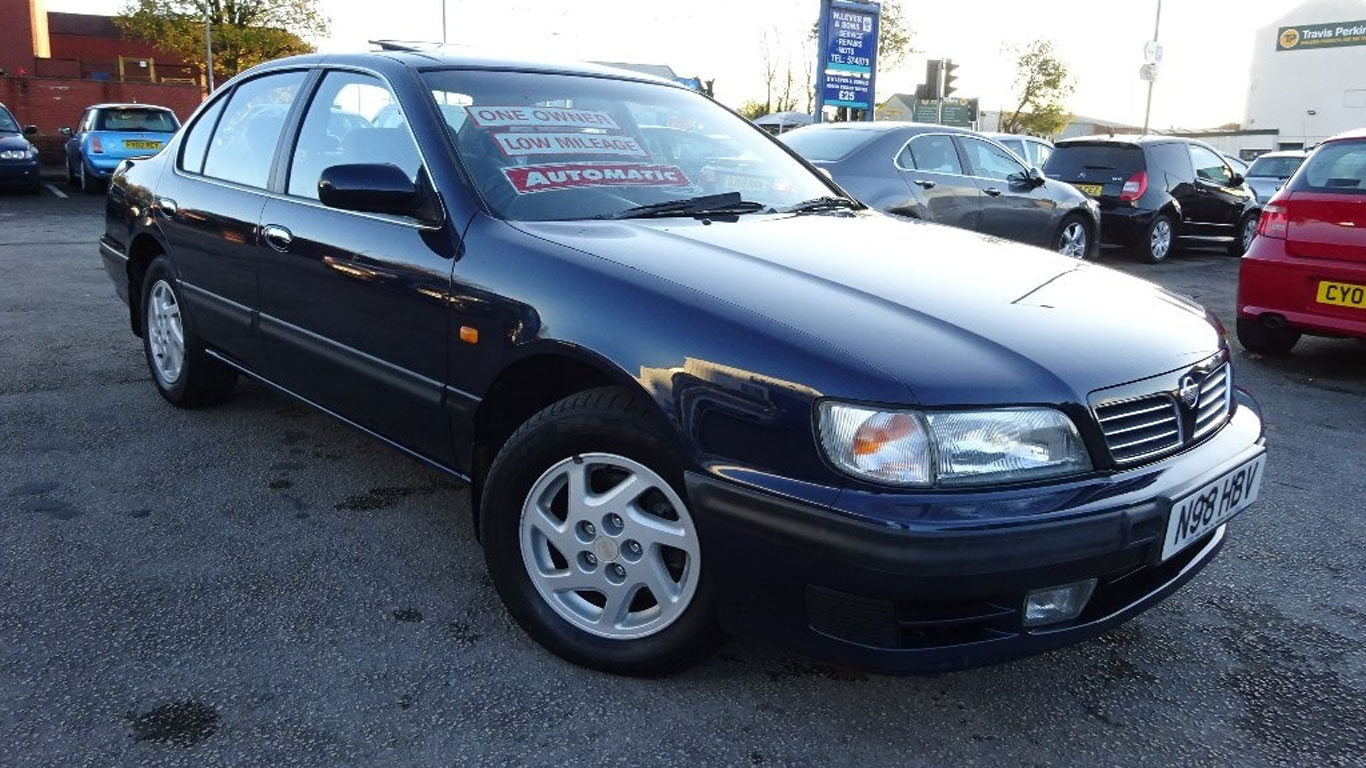
You only need to take one look at this Nissan QX to know that it has been owned by a loving and fastidious owner. The 2.0-litre V6 has covered a predictably leisurely 58,000 miles, with the previous custodian enjoying a smooth and squishy ride behind the wheel of this flagship Nissan. It even comes complete with the original ‘Fred Coupe’ dealer number plates.
Buy this car on Auto Trader
Seat Ibiza: £1,495
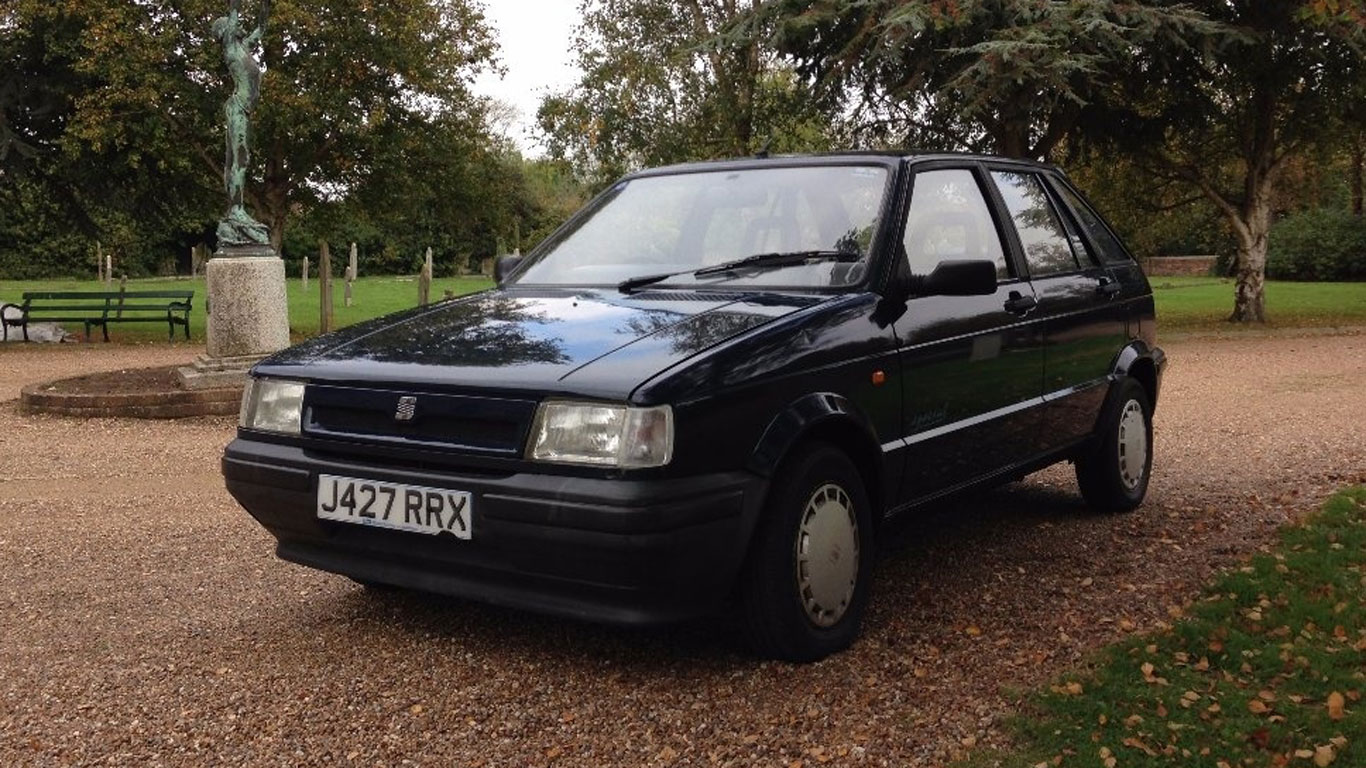
“An absolute time warp classic presented in stunning Seat Indigo Blue, this is a beautiful 30,000-mile example, it’s in stock condition throughout and has been owned by the same lady all its life, so you can imagine how lovely it is.” Not our words, Lynn, but the words of the Volkswagen restorer selling this Mk1 facelift Seat Ibiza. What a gem.
Buy this car on Auto Trader
Honda Legend: £1,495
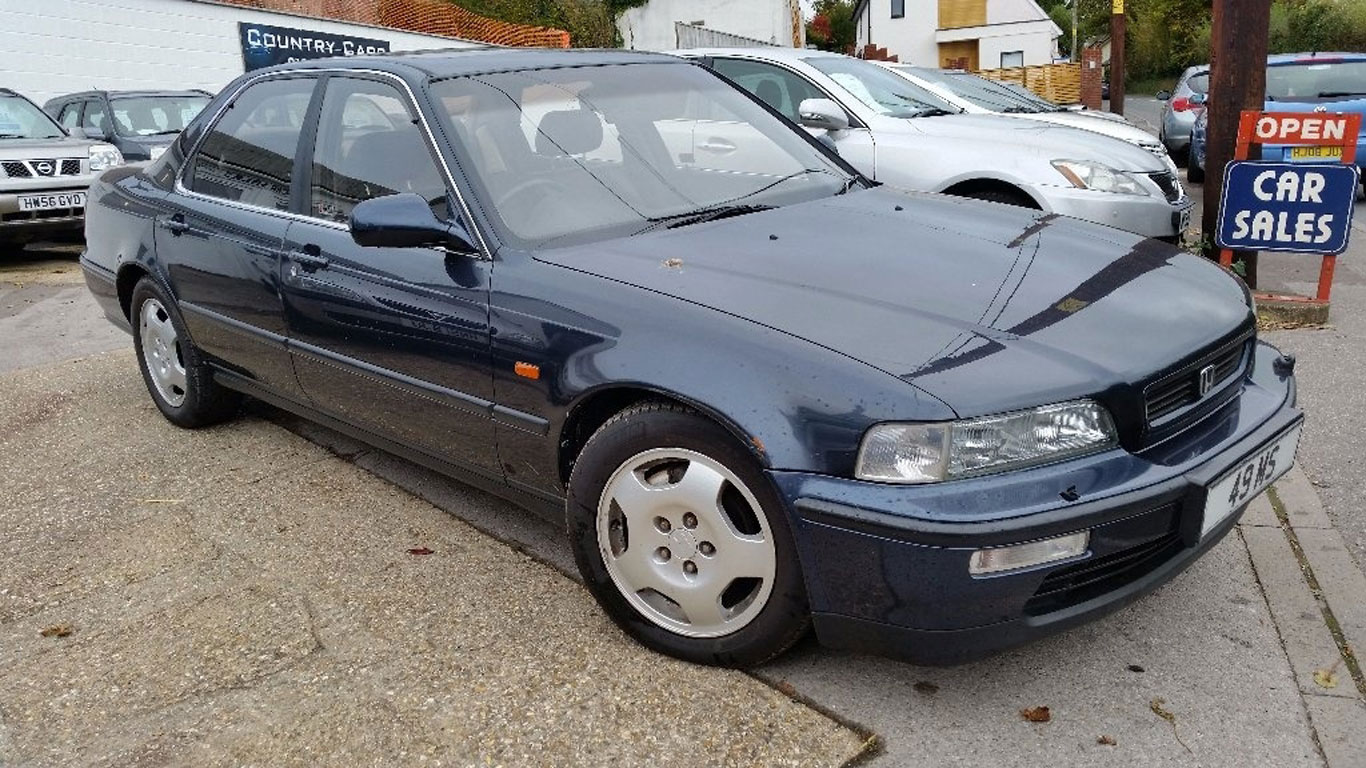
If a Lexus is too obvious and the aforementioned Nissan QX too subtle, have we got a treat for you. No, really, we have. This Legend is Honda’s answer to the ‘Japanese Mercedes’ formula, offering a big, lazy V6 engine, superb cruising potential and probably-shouldn’t-mention fuel economy. The ‘49 MS’ number plate now adorns a 2016 Peugeot 308.
Buy this car on Auto Trader
Ford Fiesta: £1,495
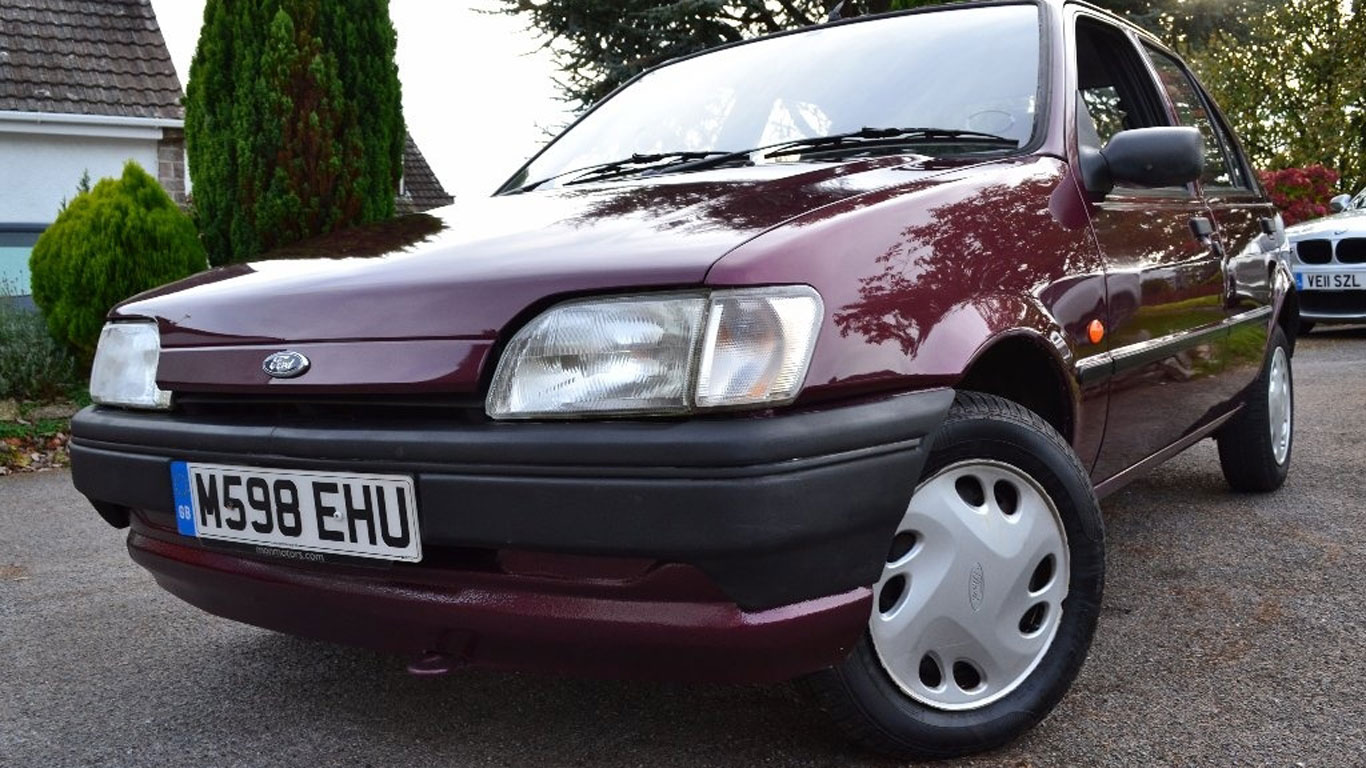
Remember when these were two-a-penny? The sheer number of Mk3 Fiestas sold means you won’t struggle to find a used example, but cars in this condition and with such low mileage will become increasingly rare.
Buy this car on Auto Trader
Peugeot 309: £1,495
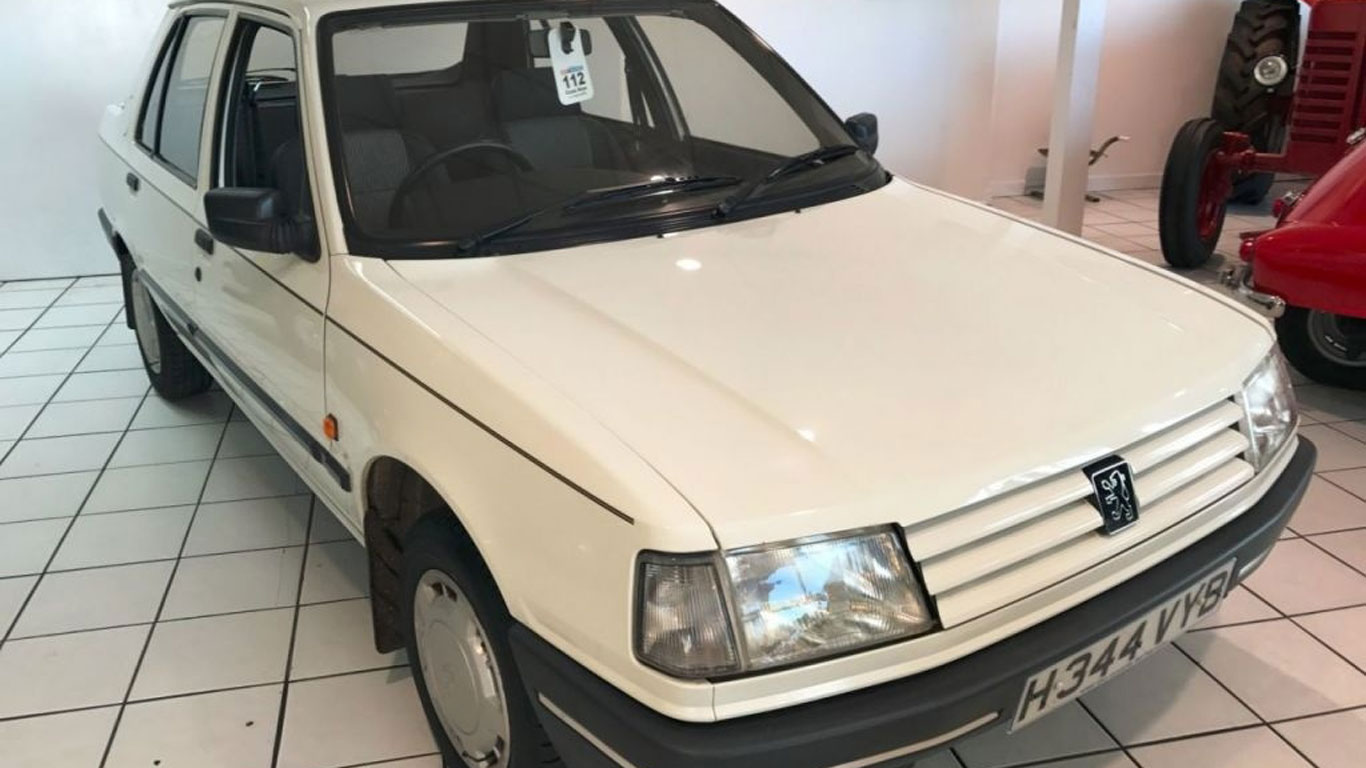
The British-designed Peugeot 309 was destined to be the Talbot Arizona before the bosses had a last minute change of heart. We can’t remember the last time we saw a 309, let alone one in such wonderful condition. It’s for sale at a dealer in Taunton and, judging by the number plates, it has spent its entire life in Somerset.
Buy this car on Auto Trader
